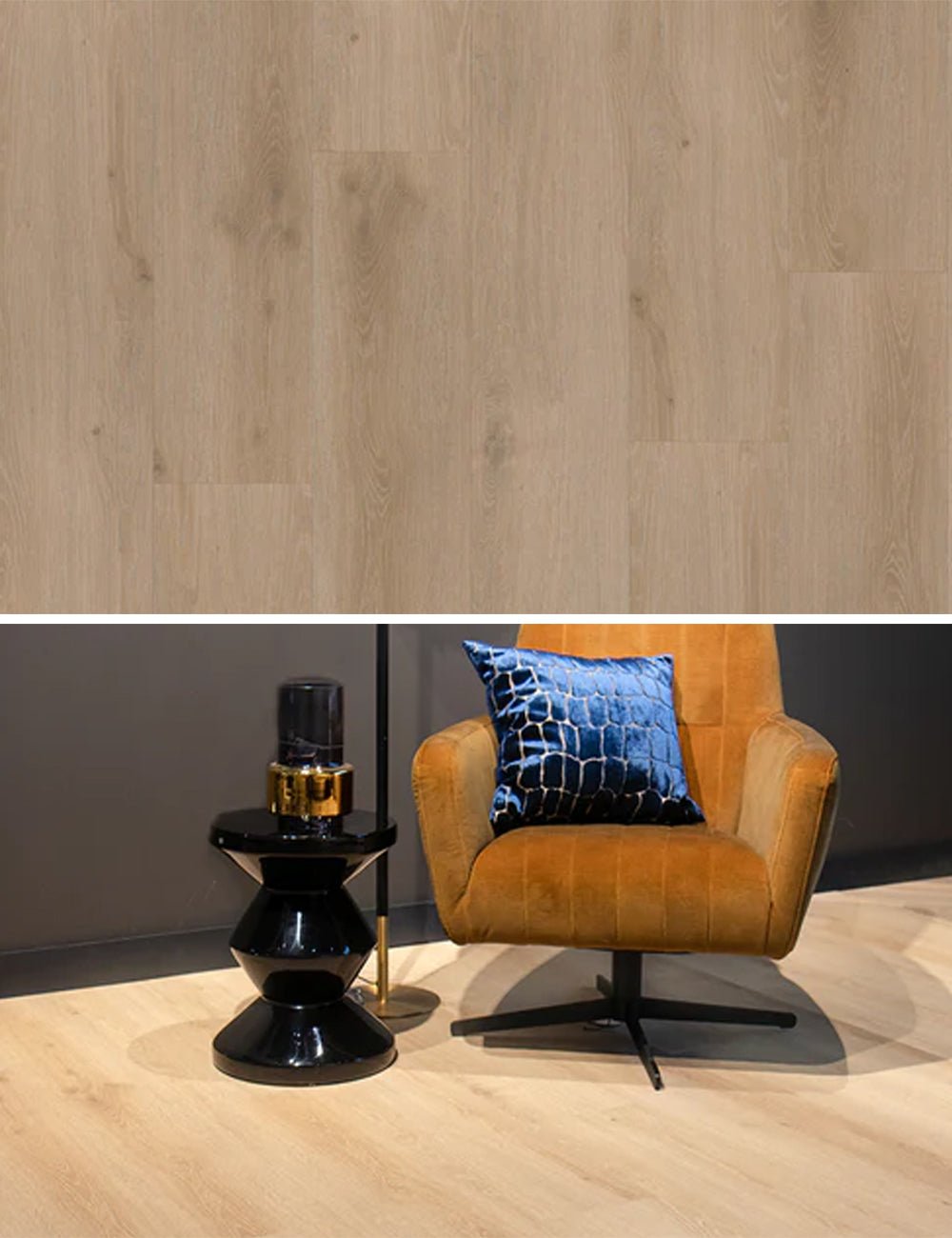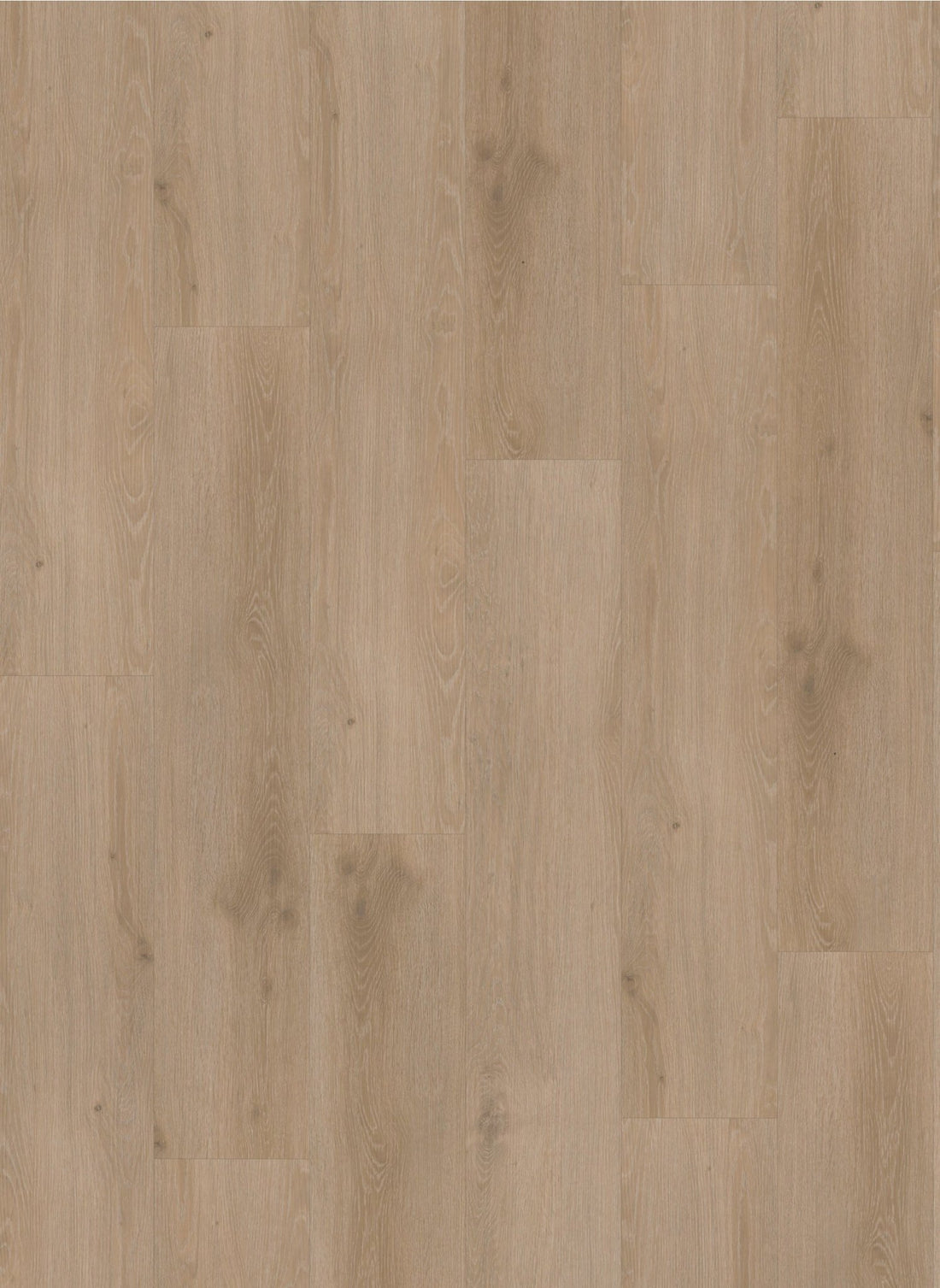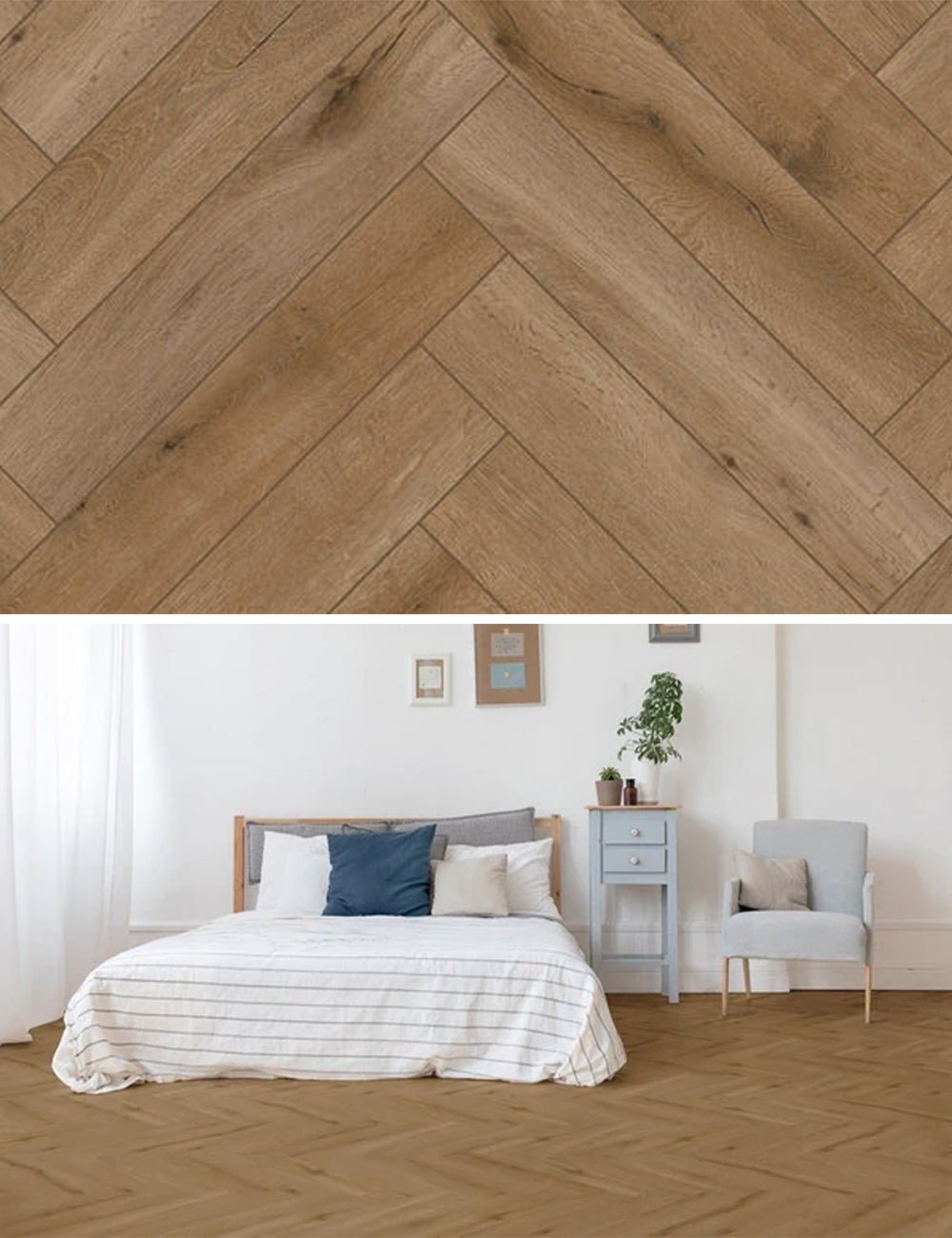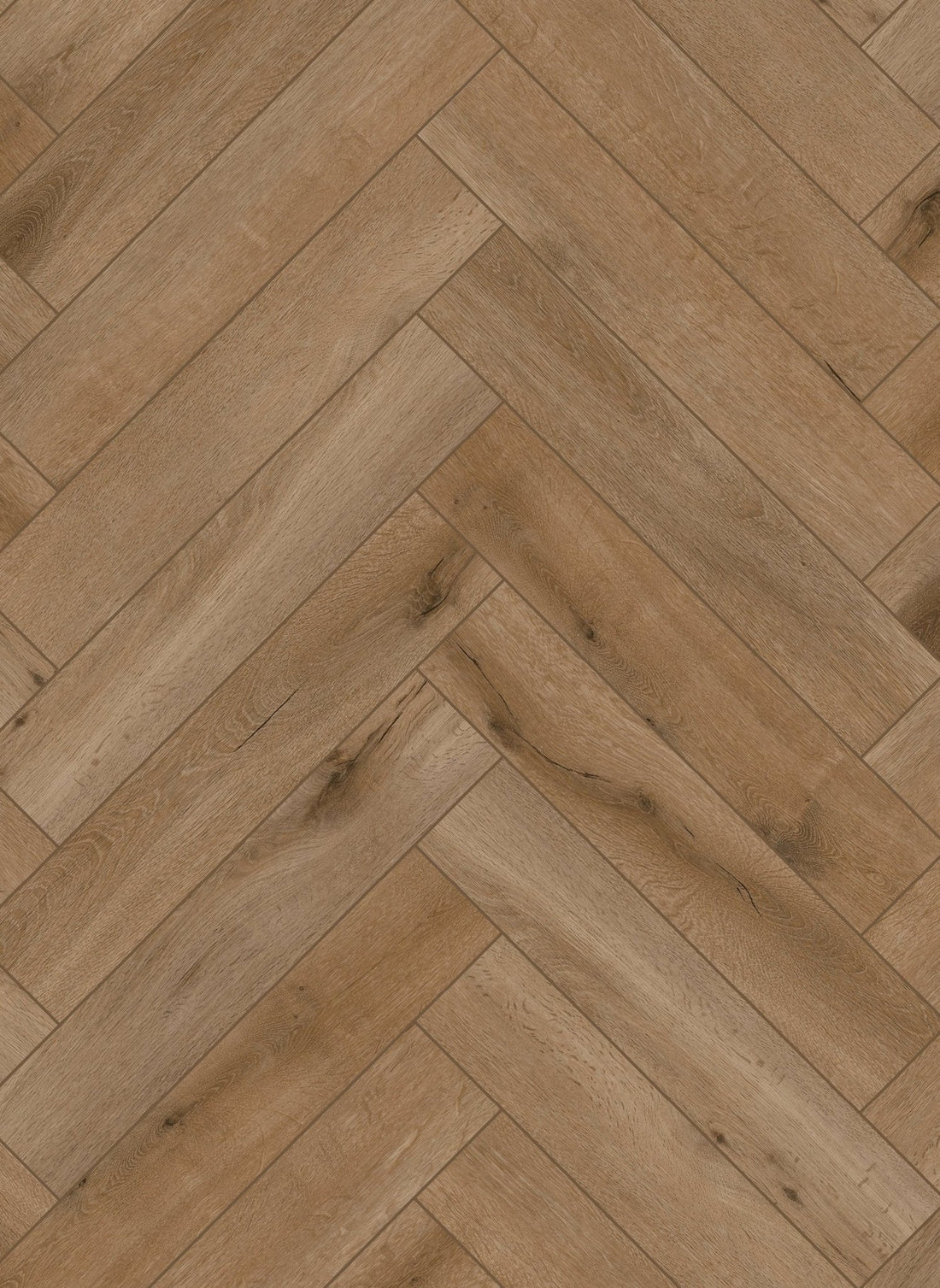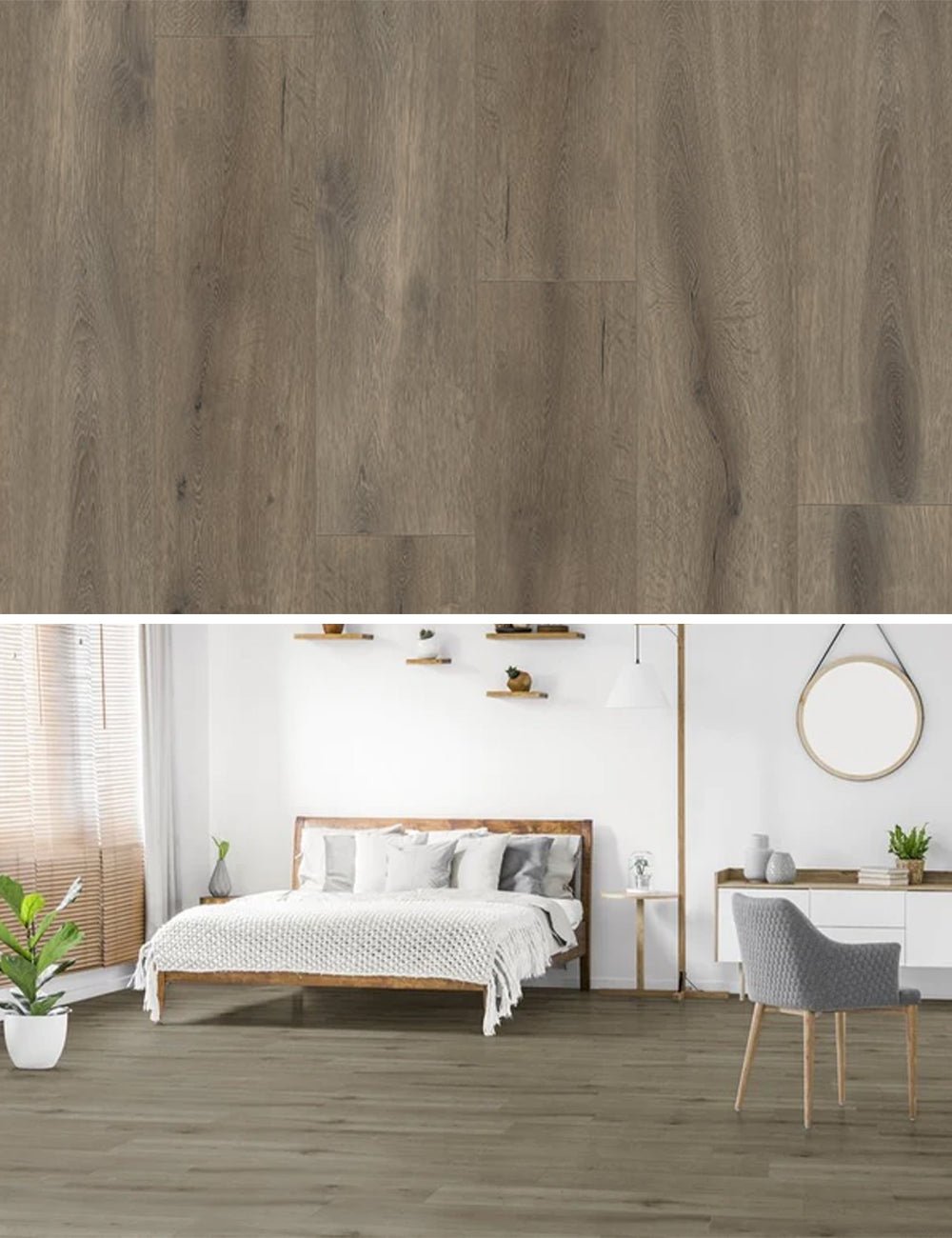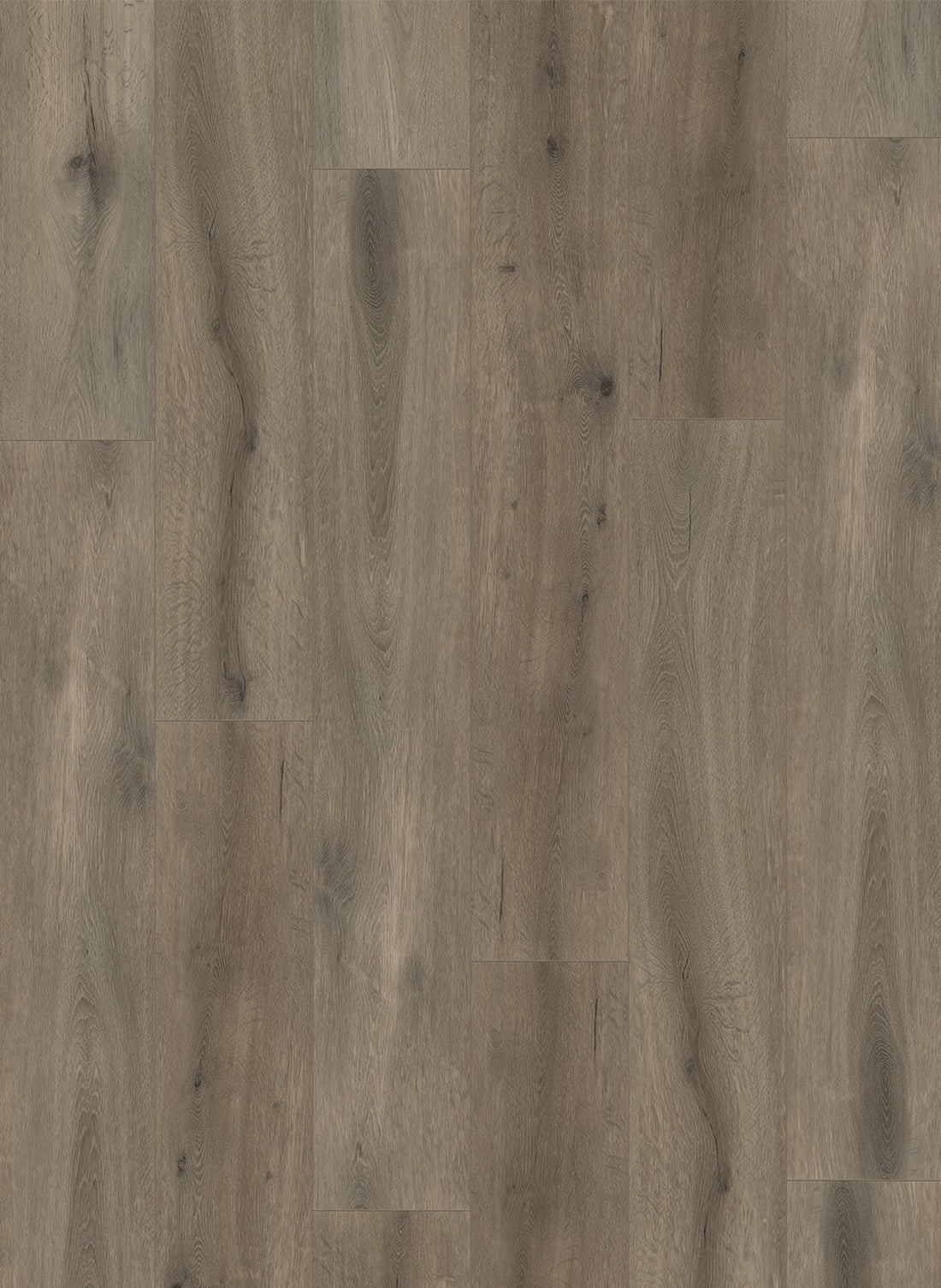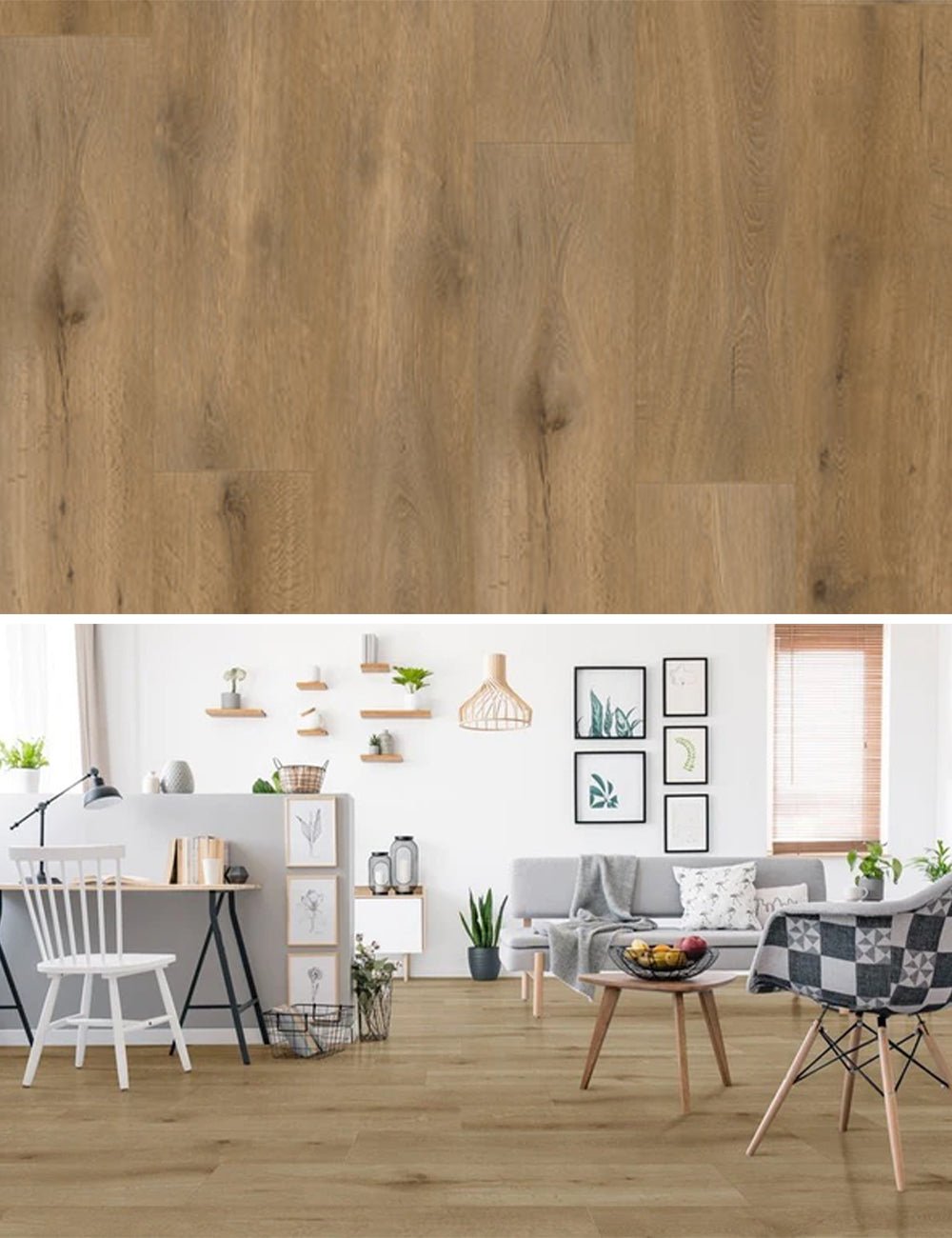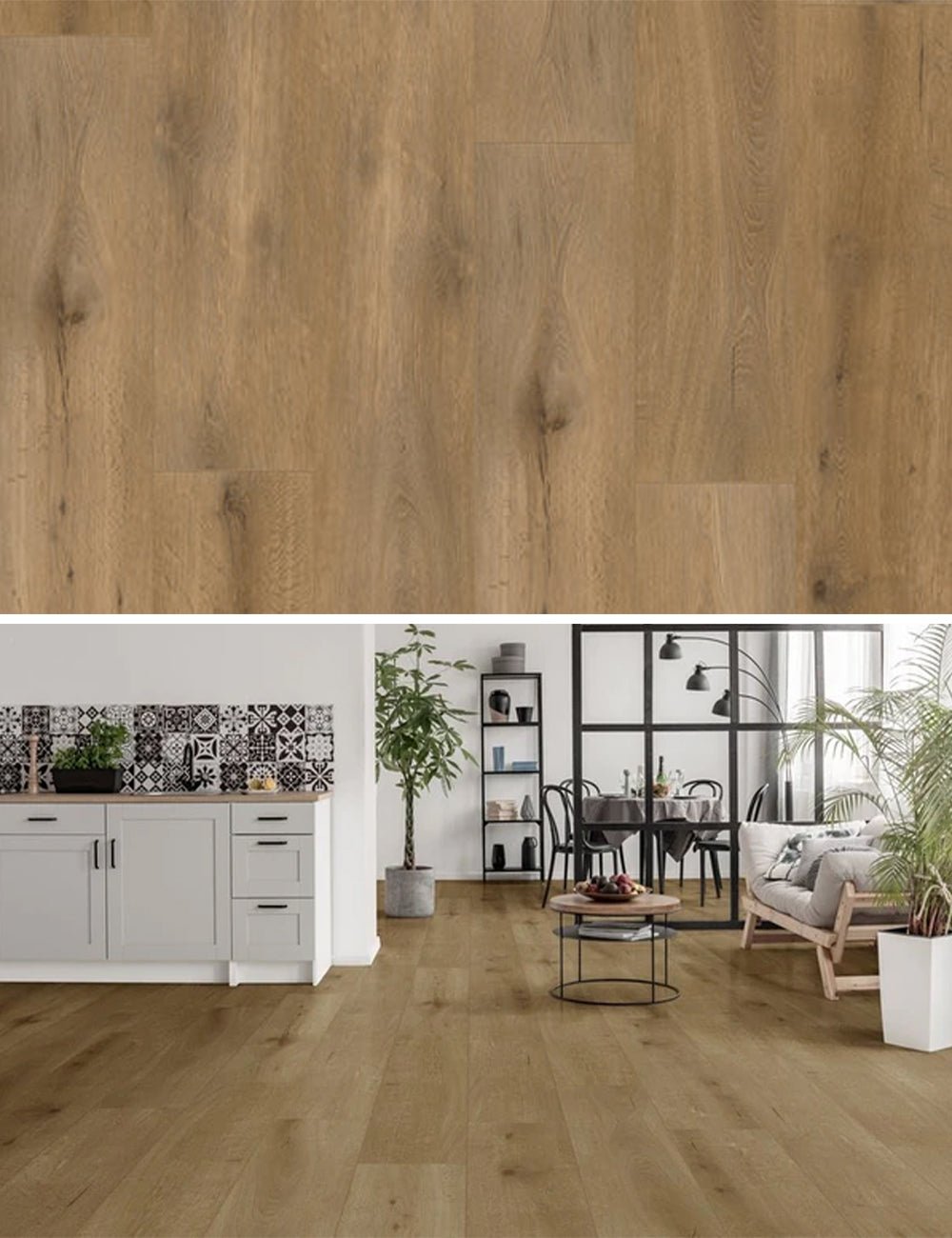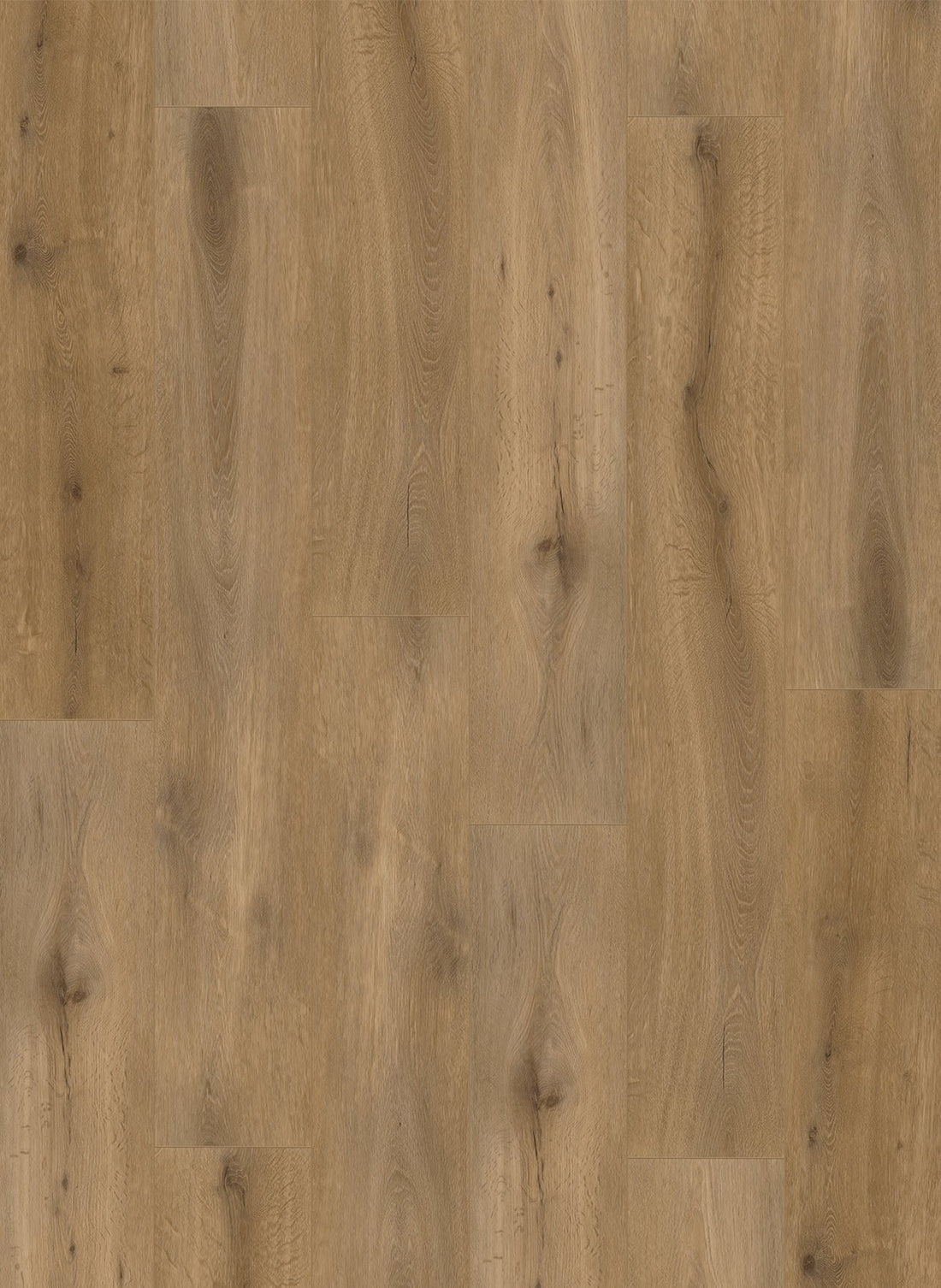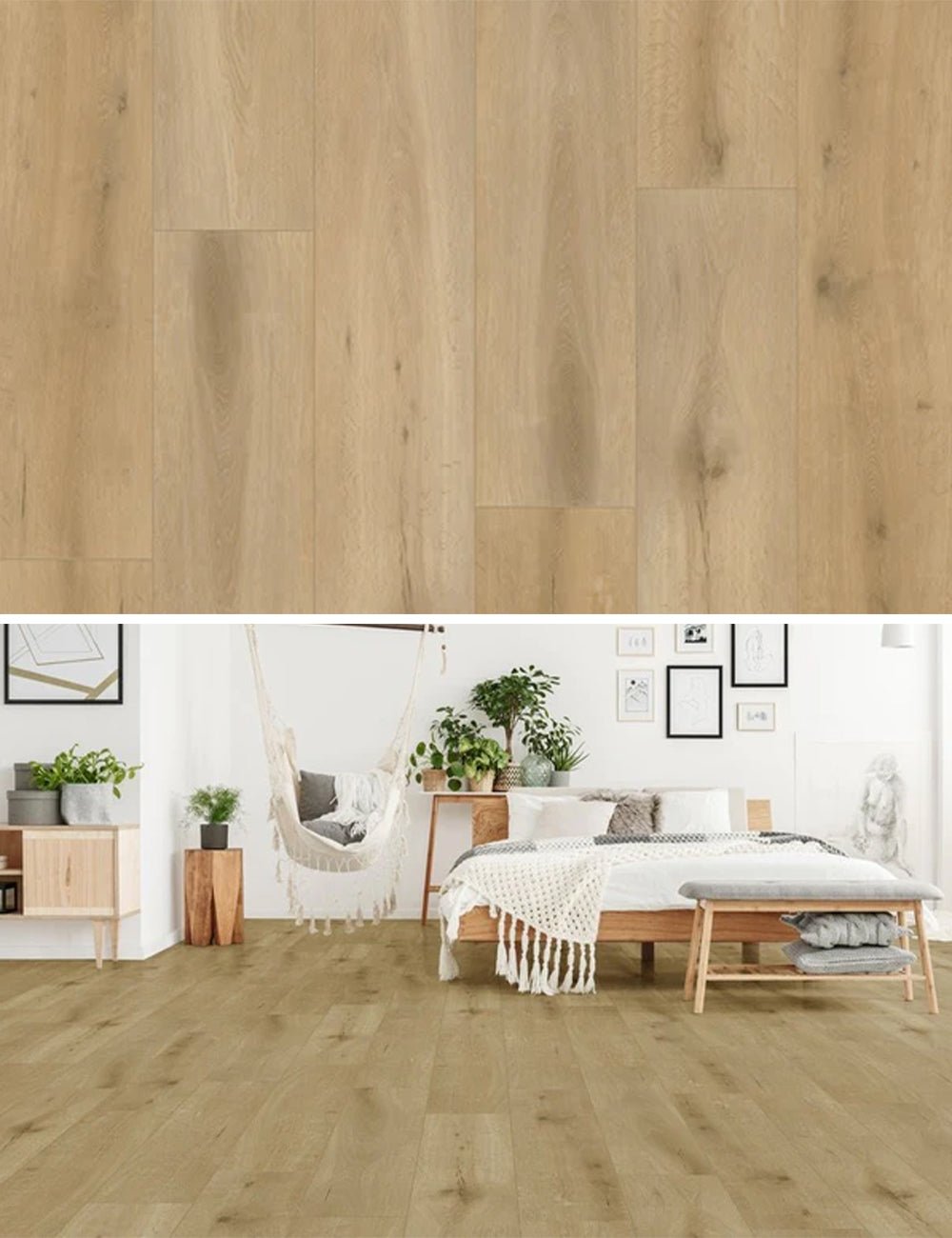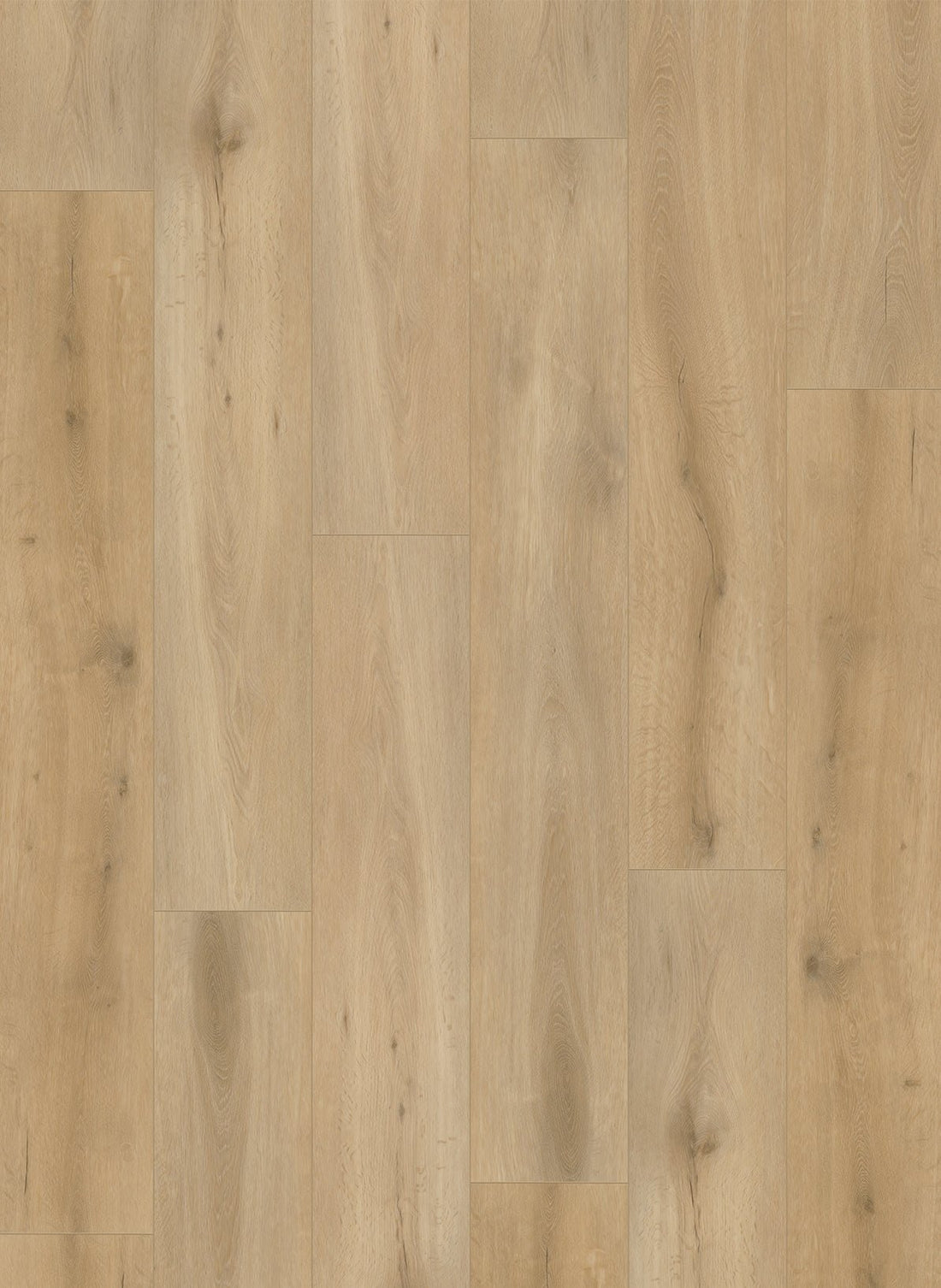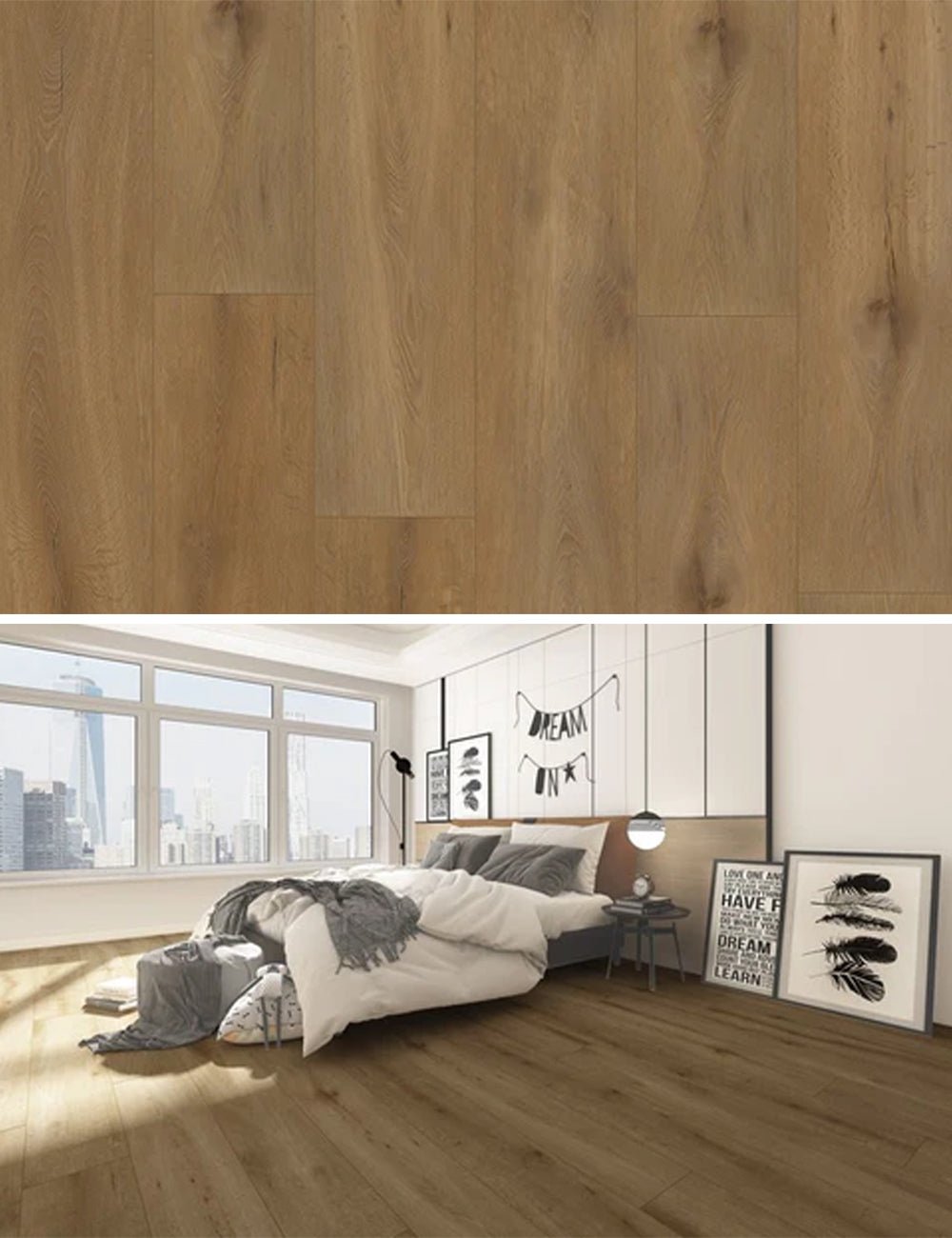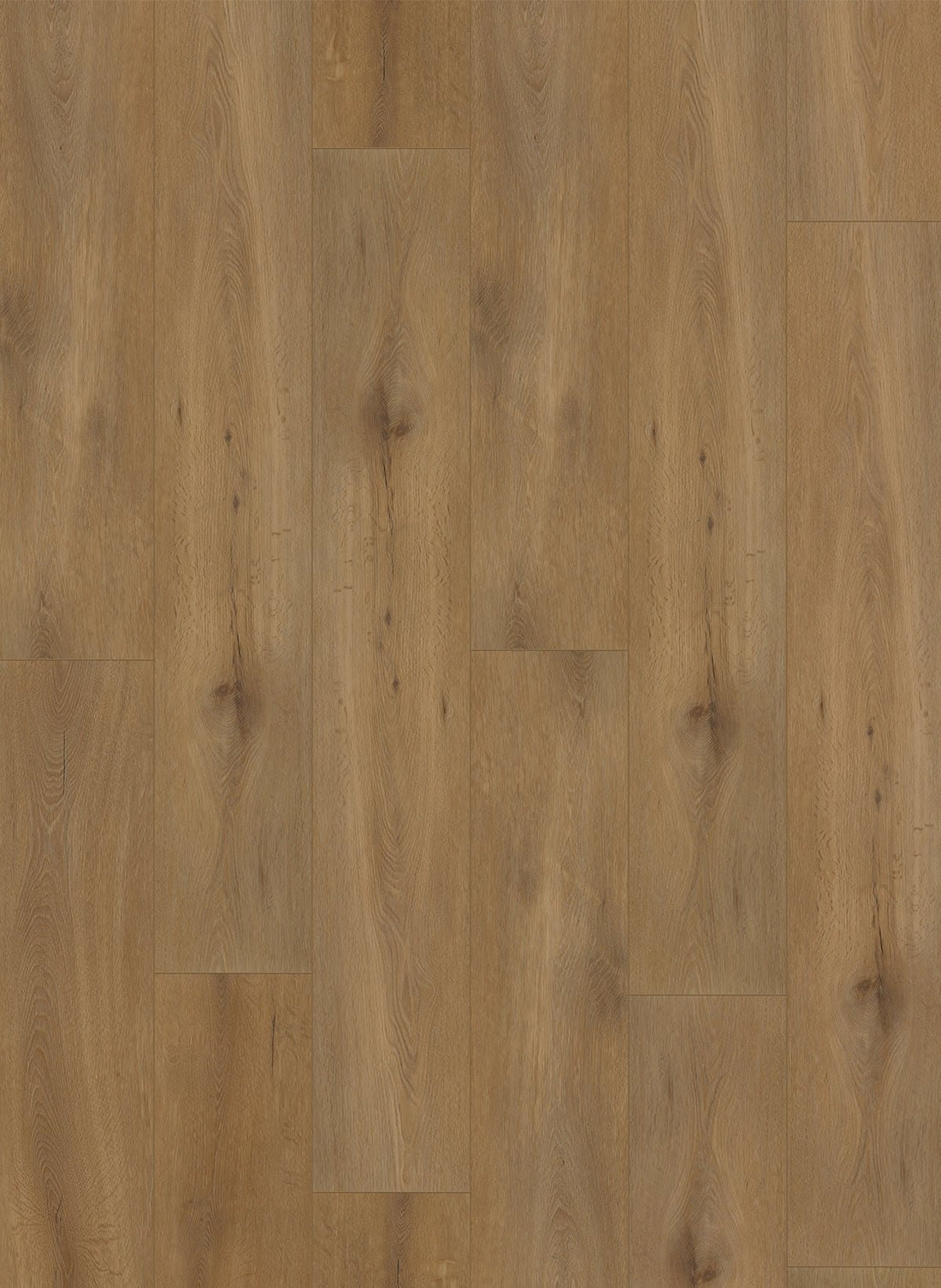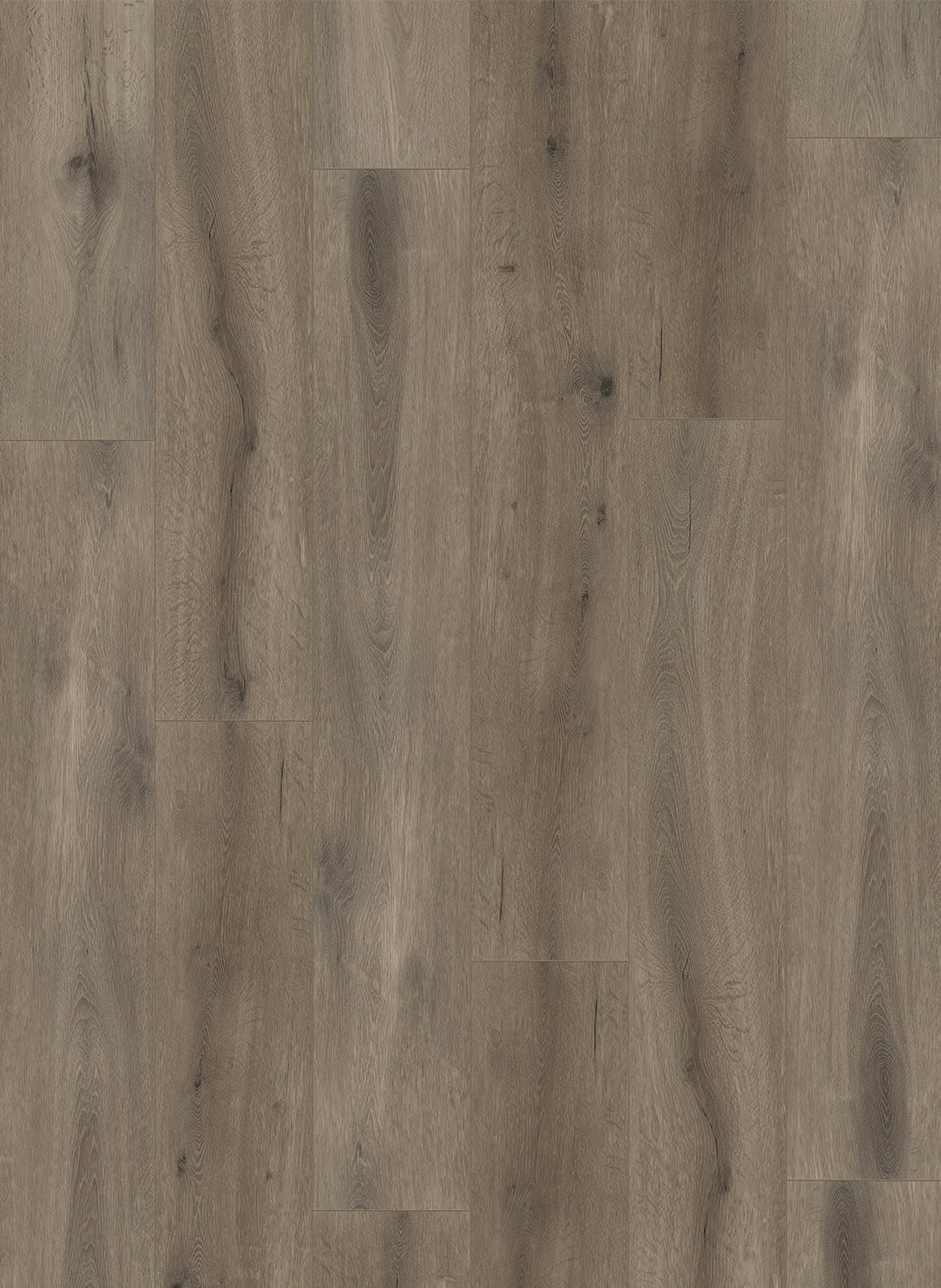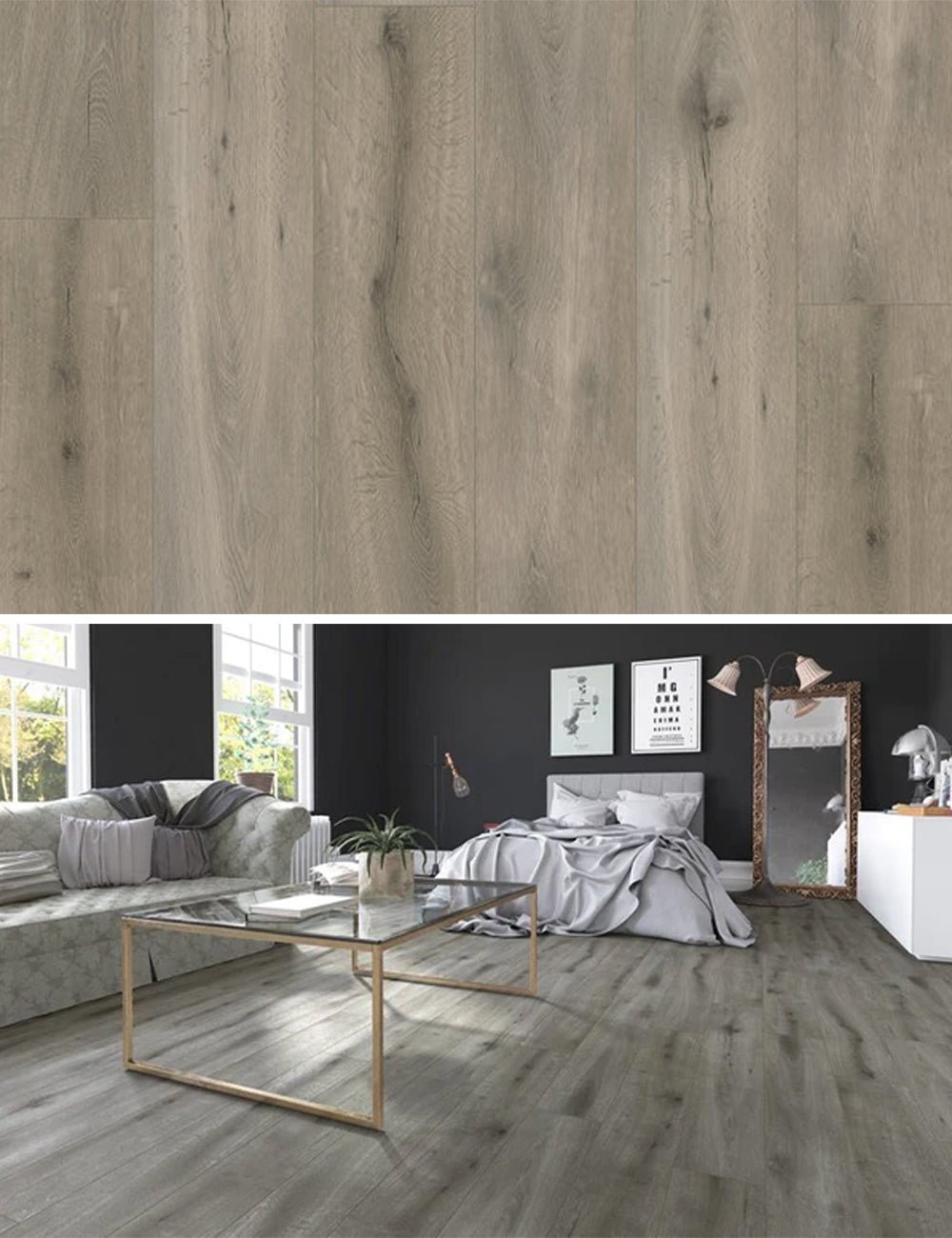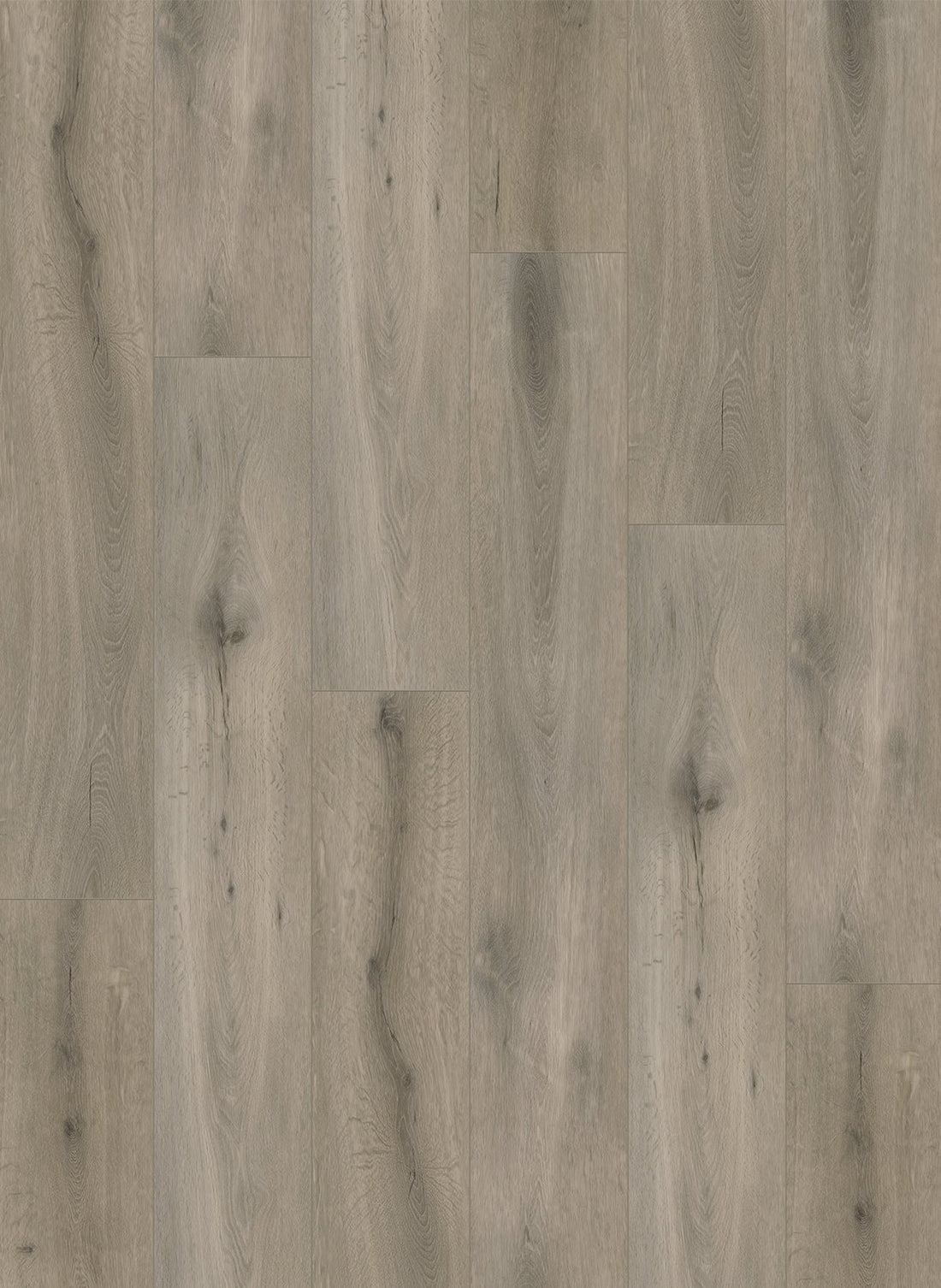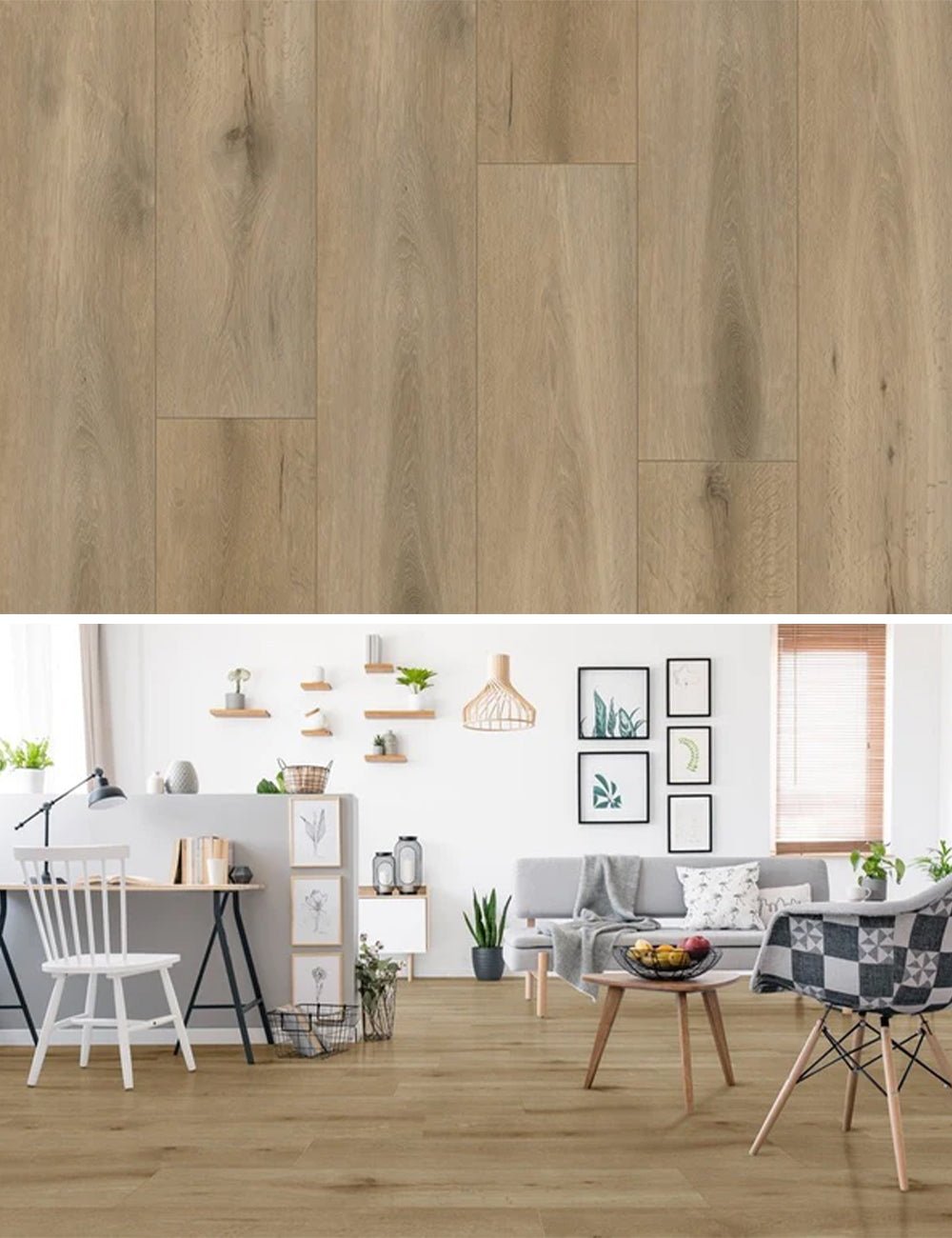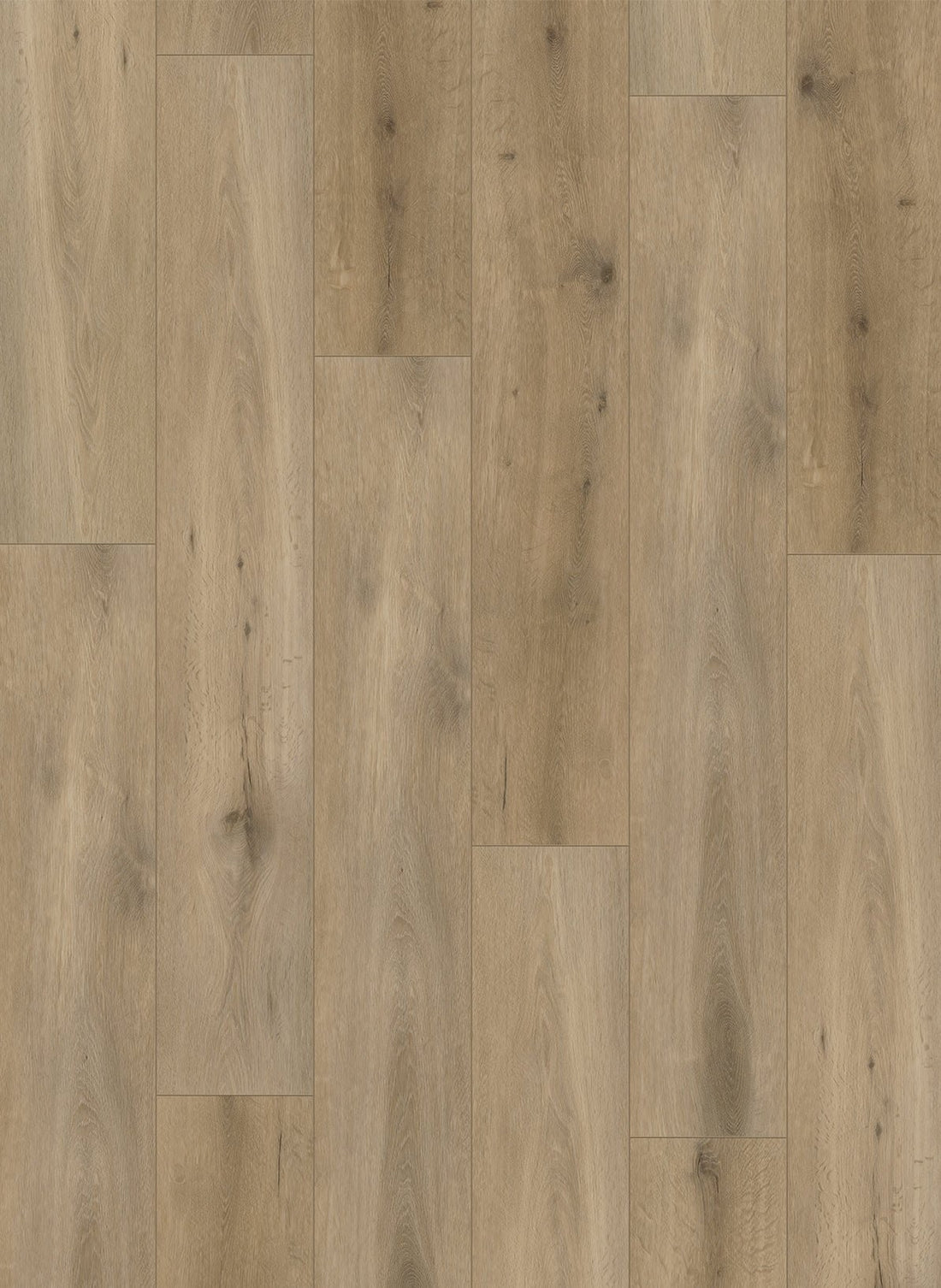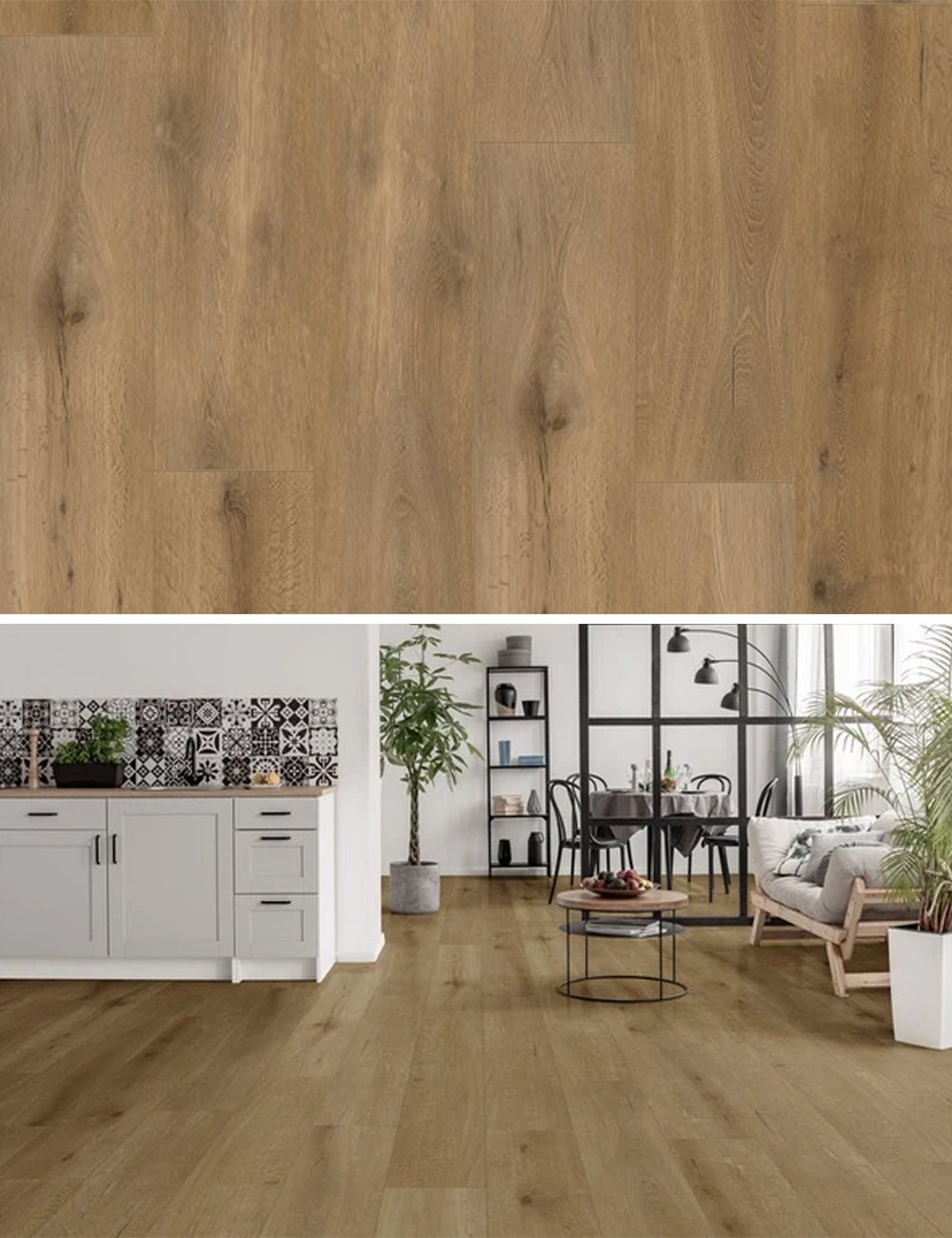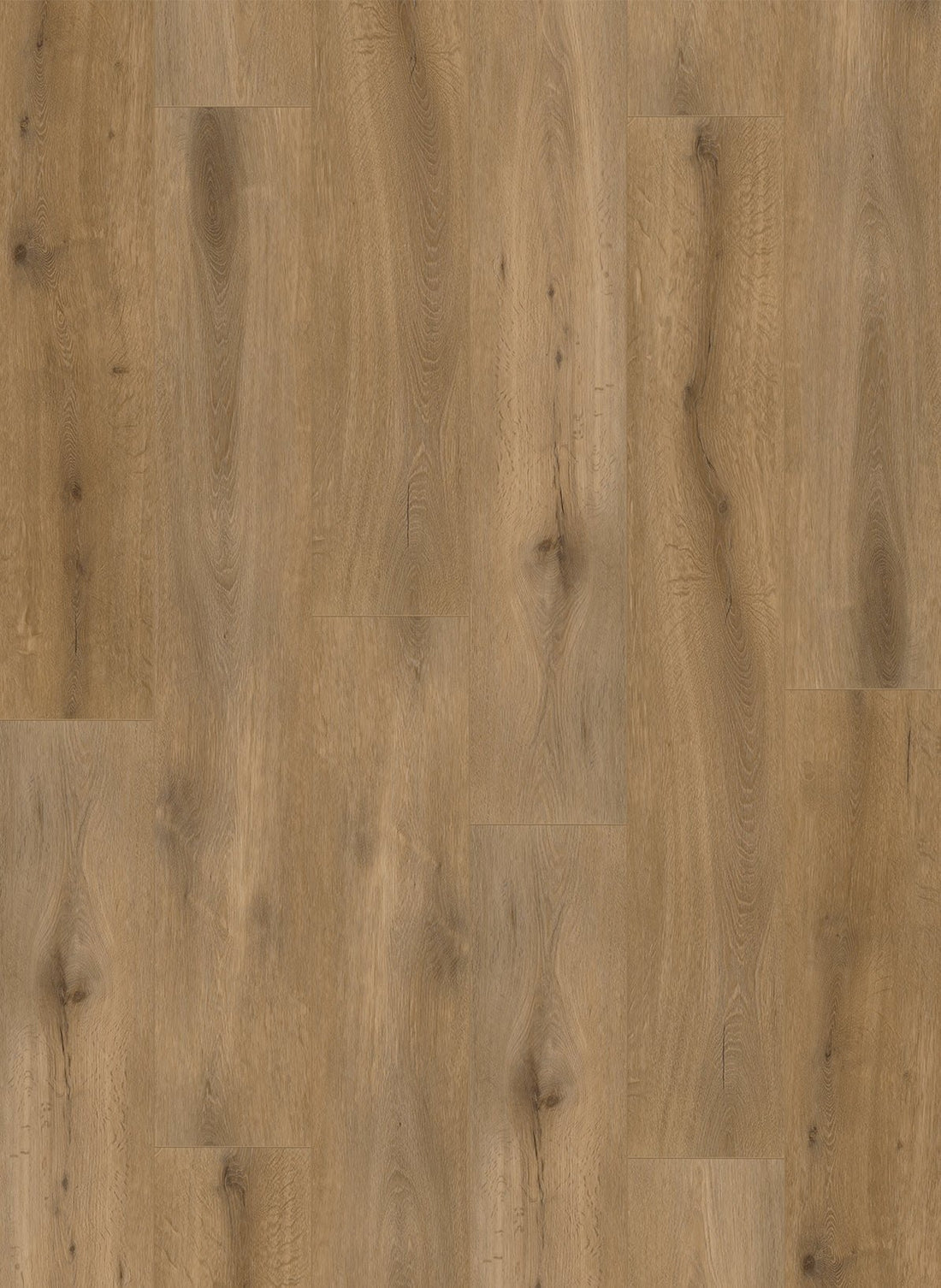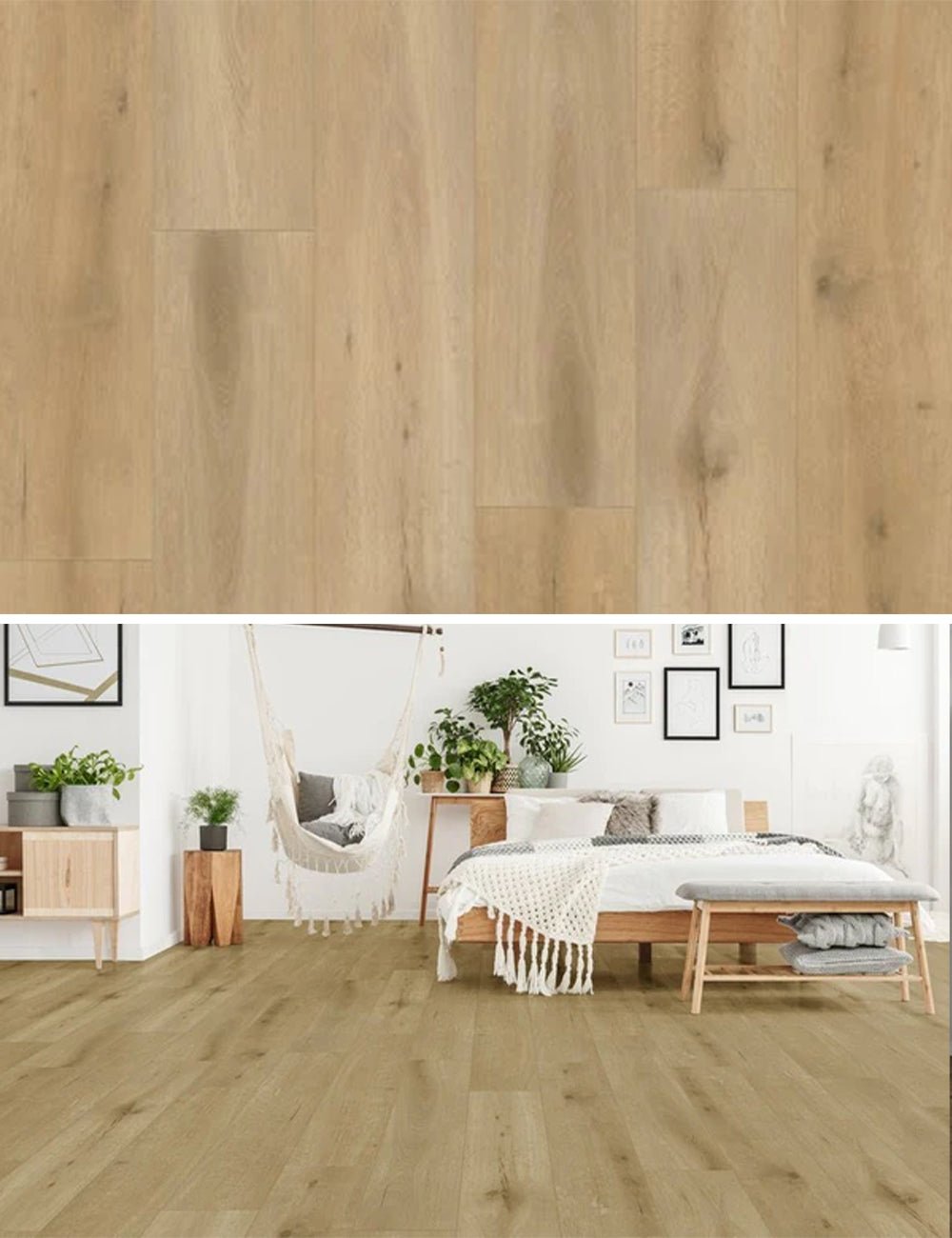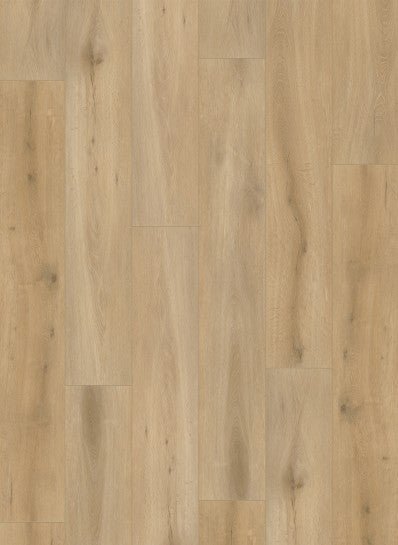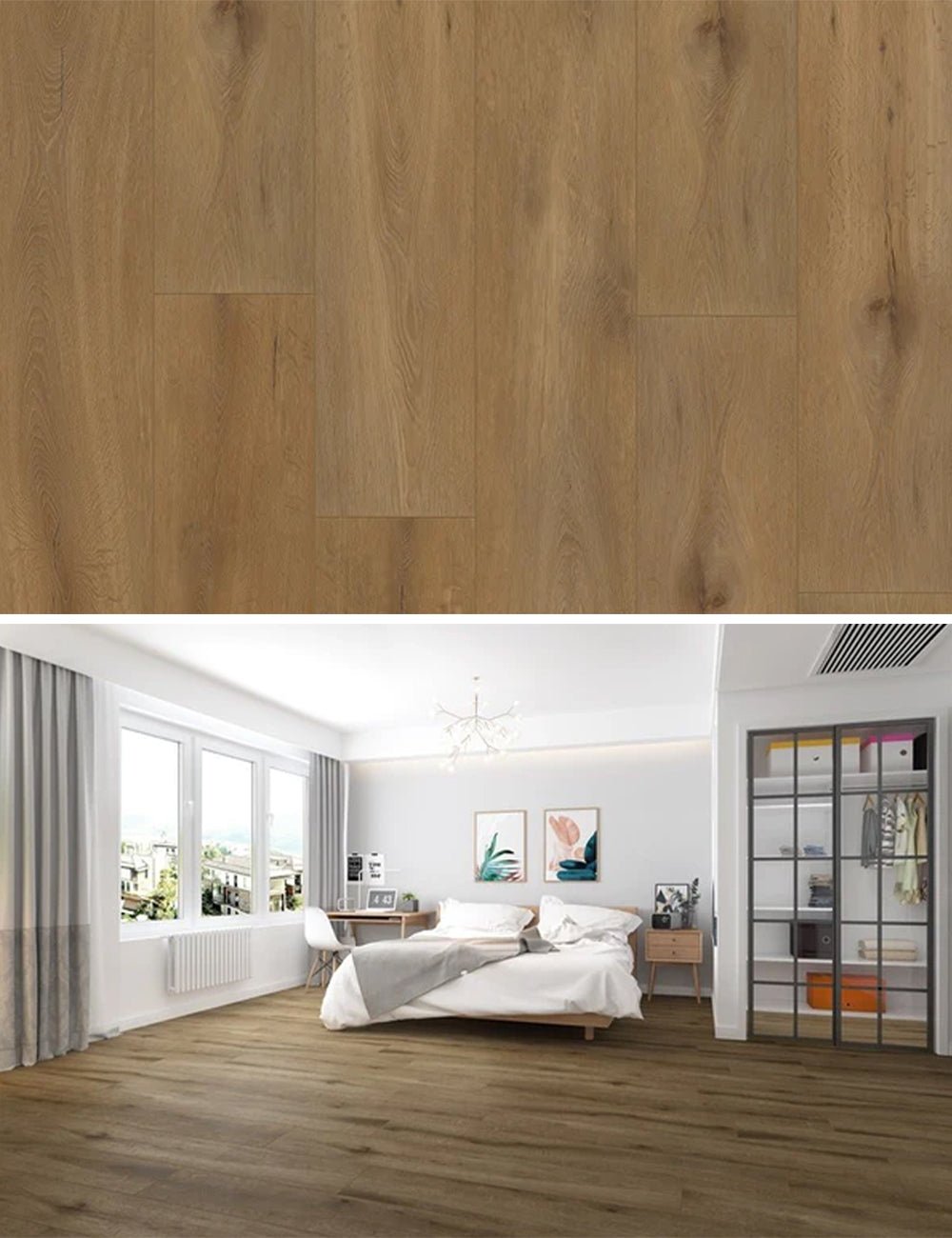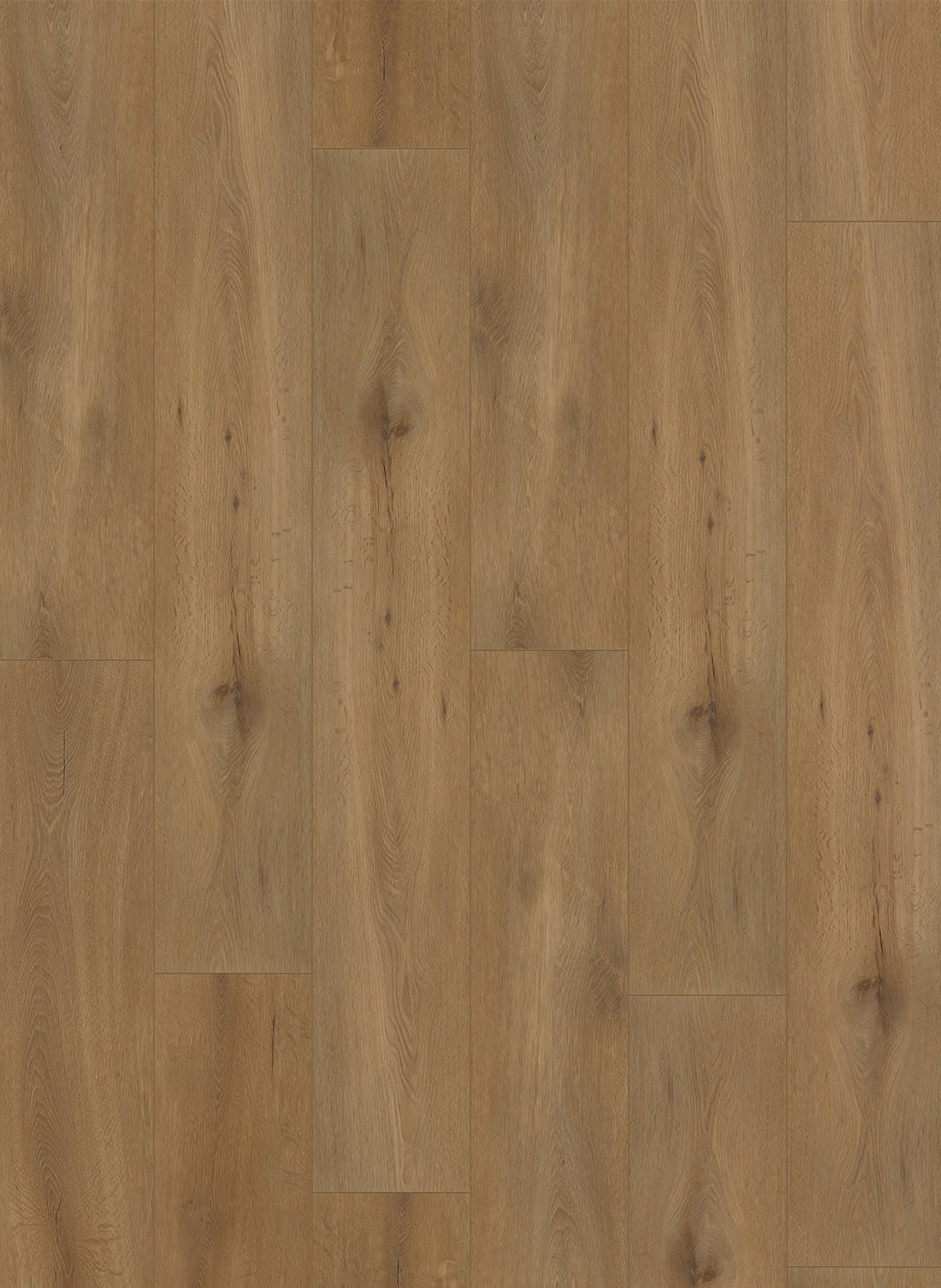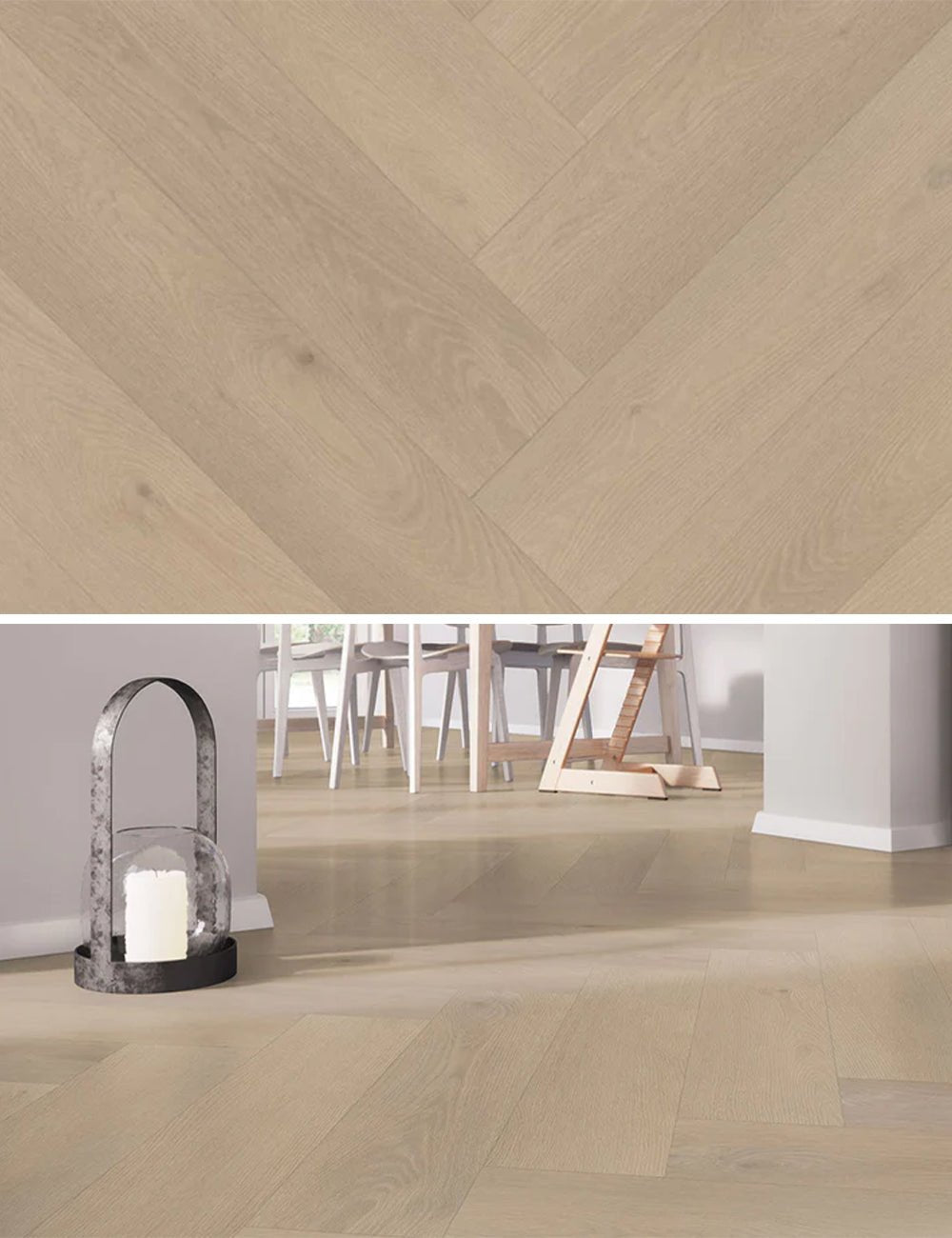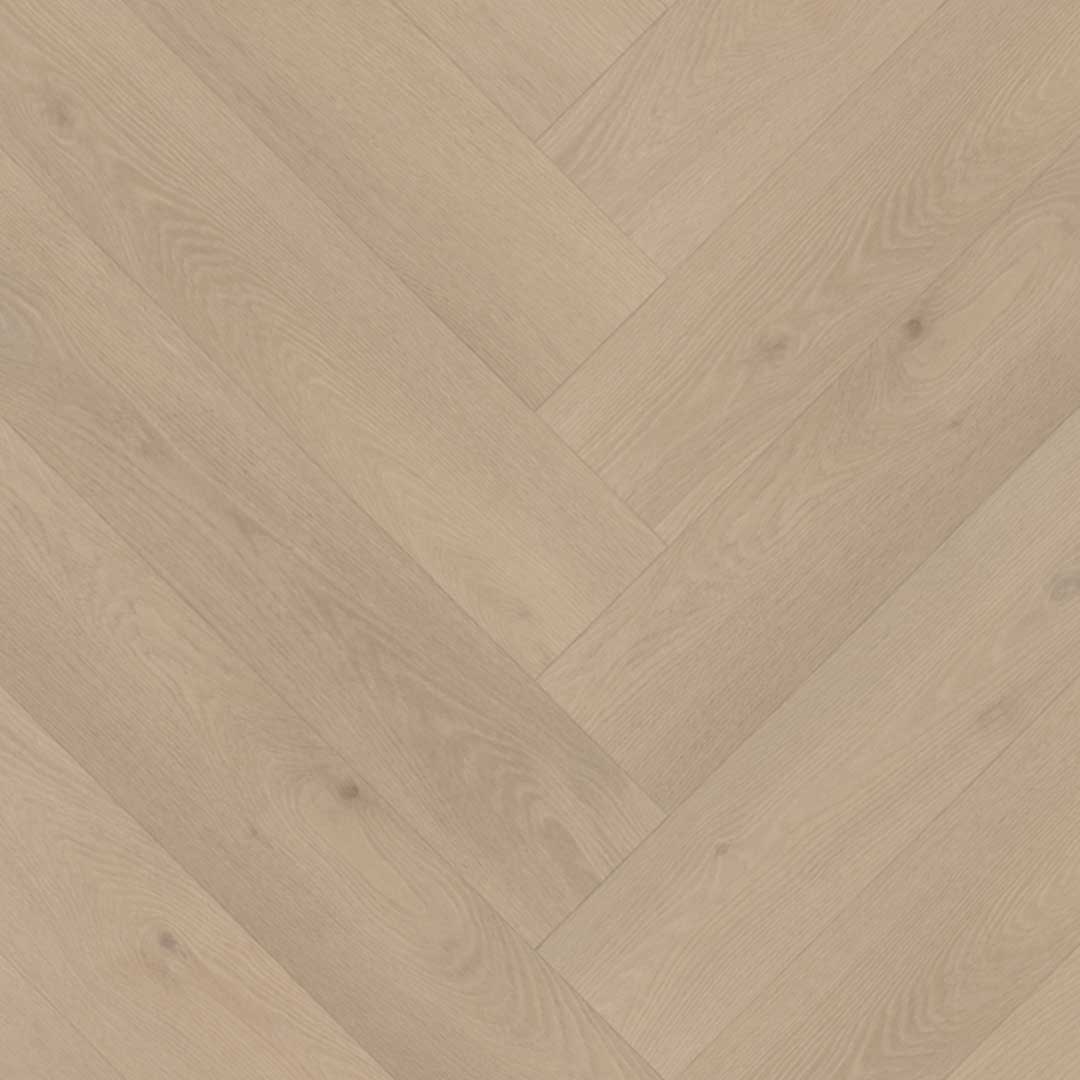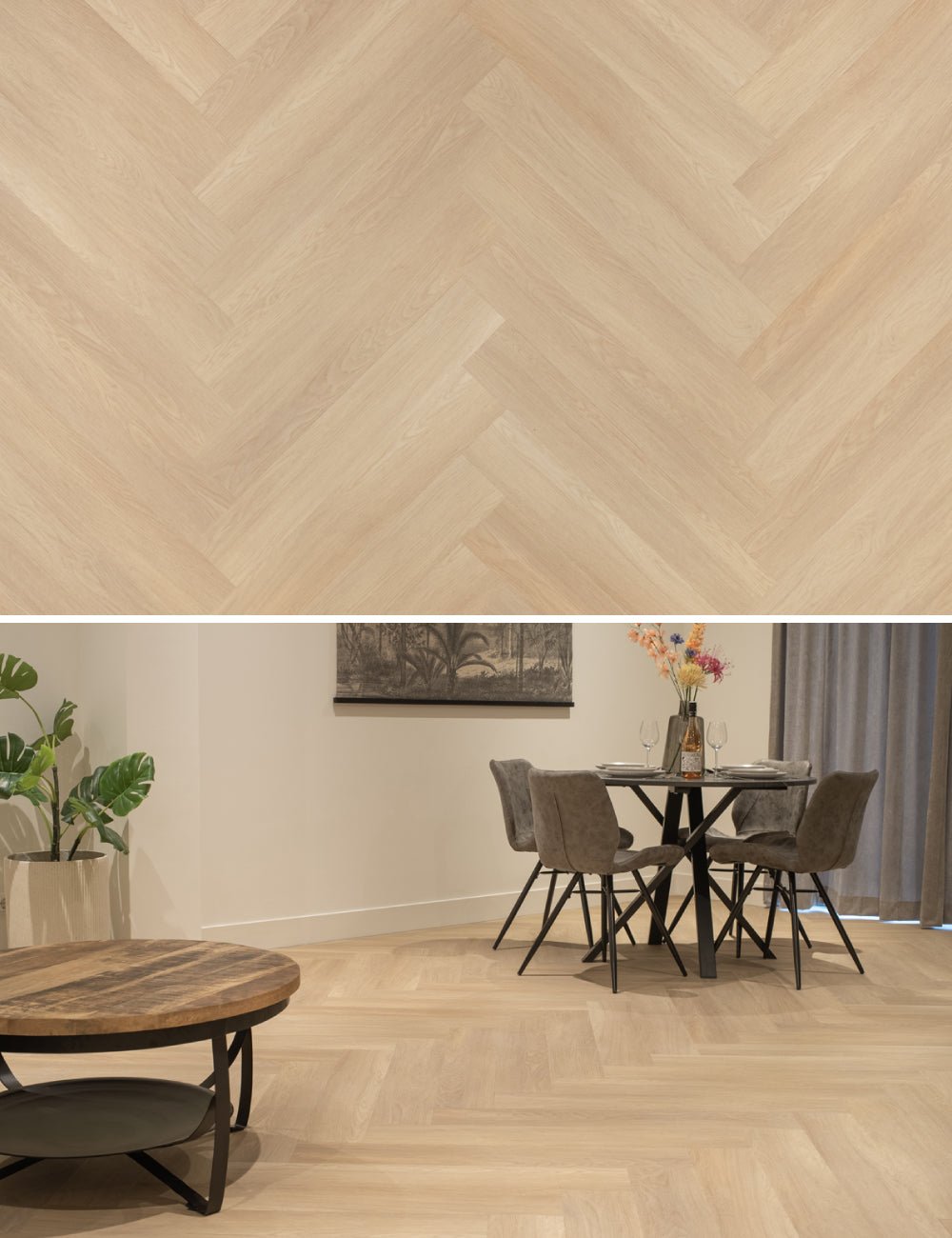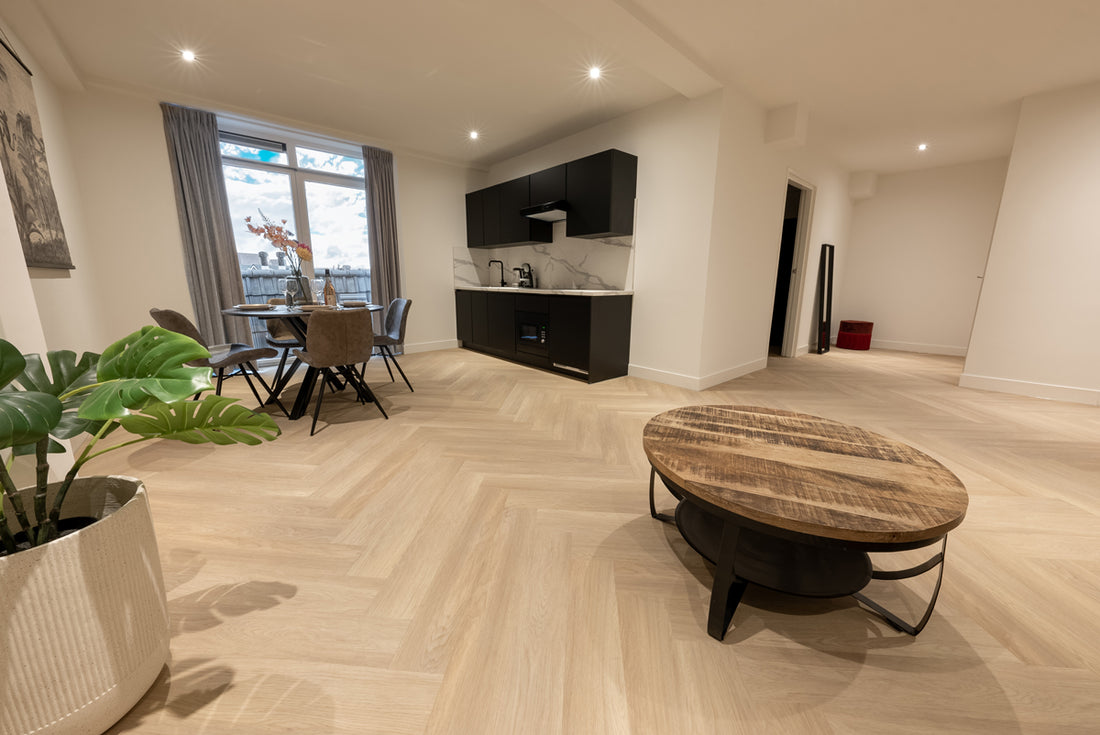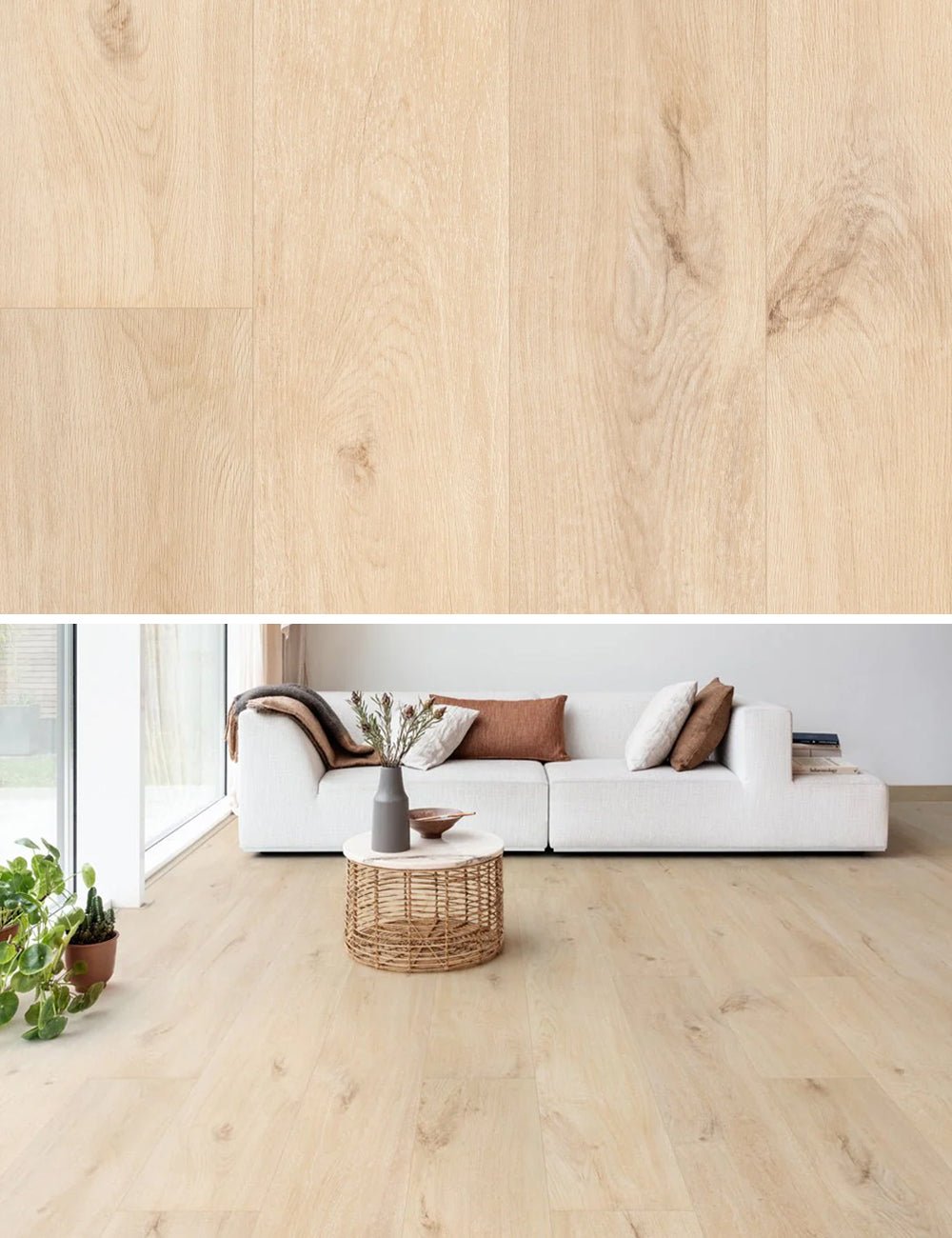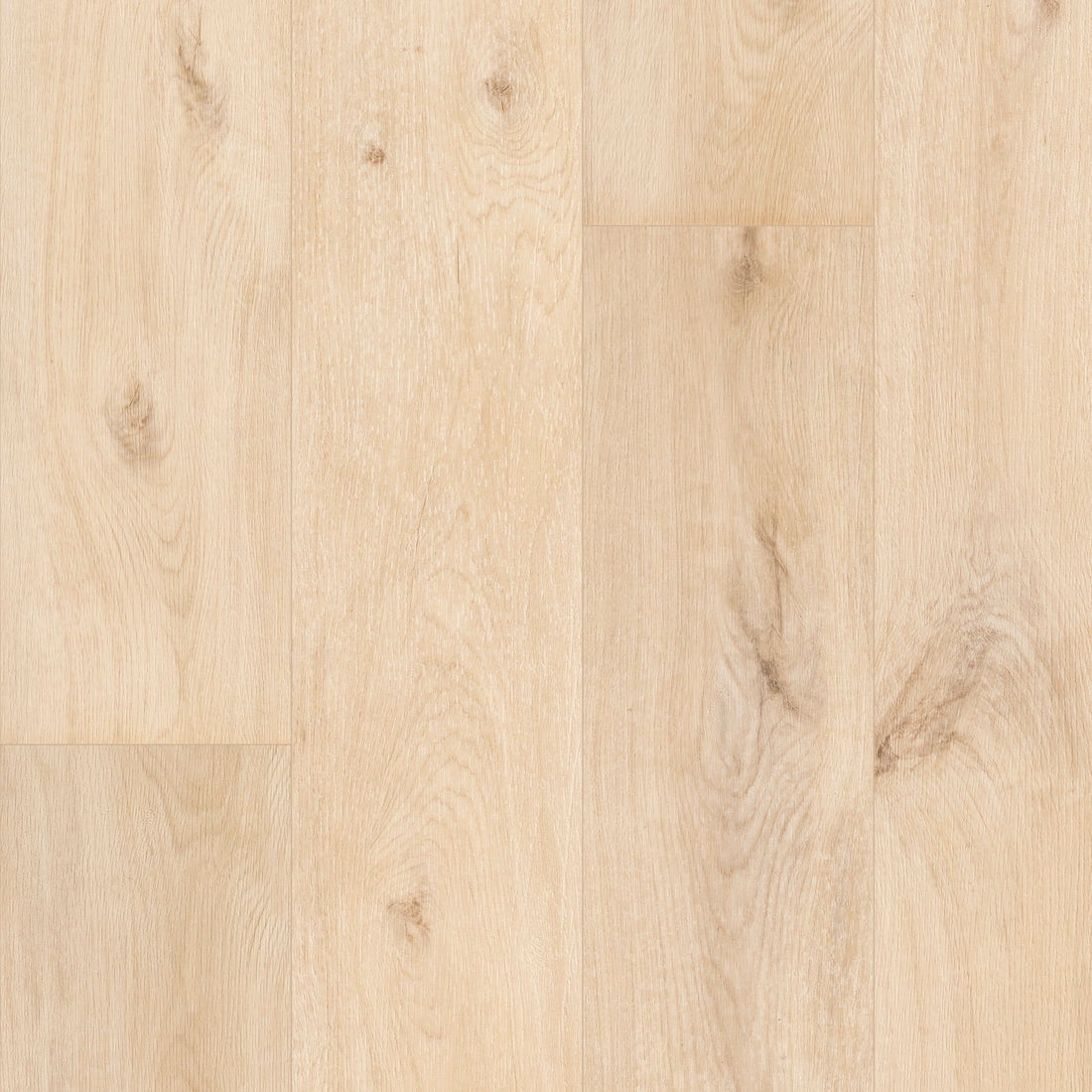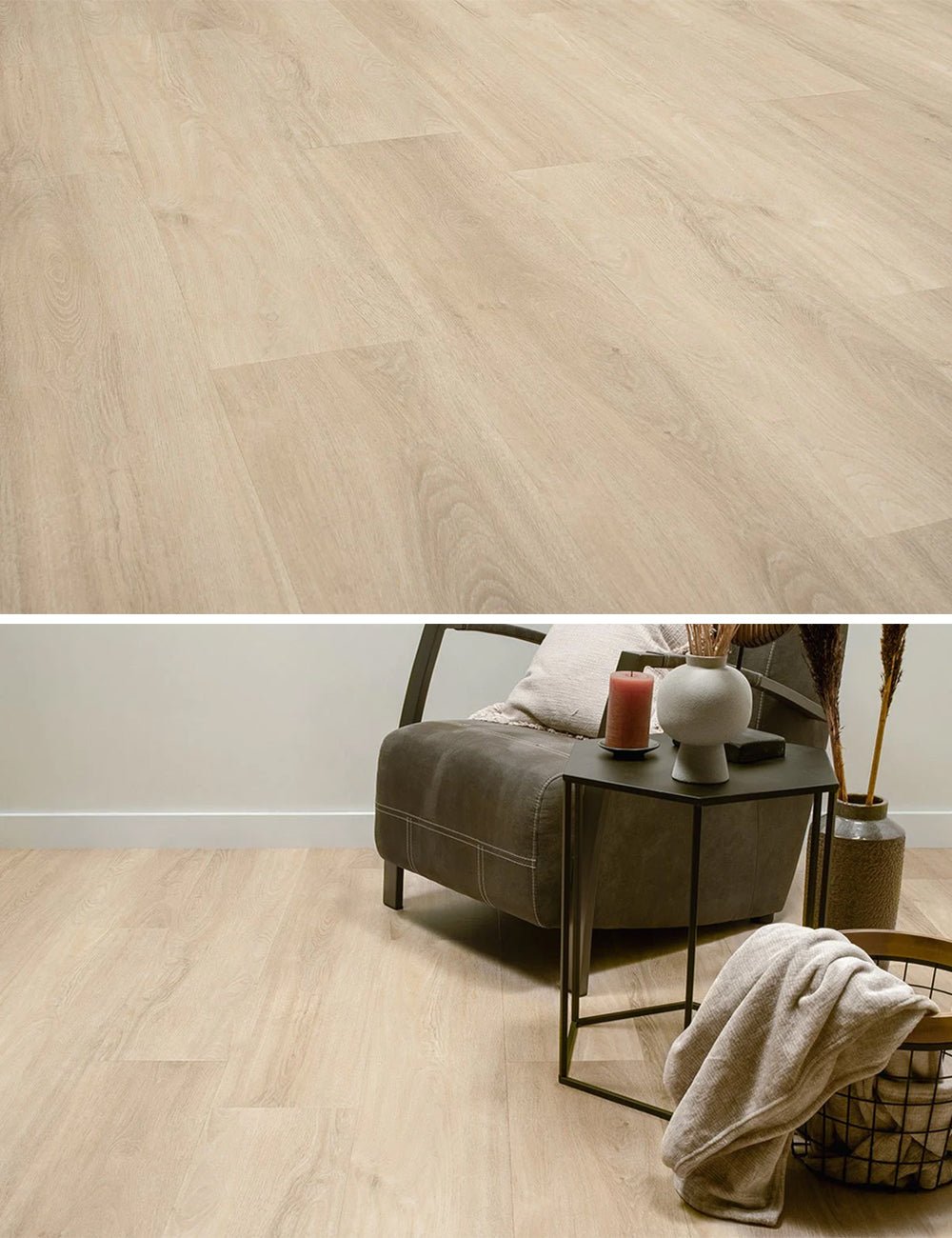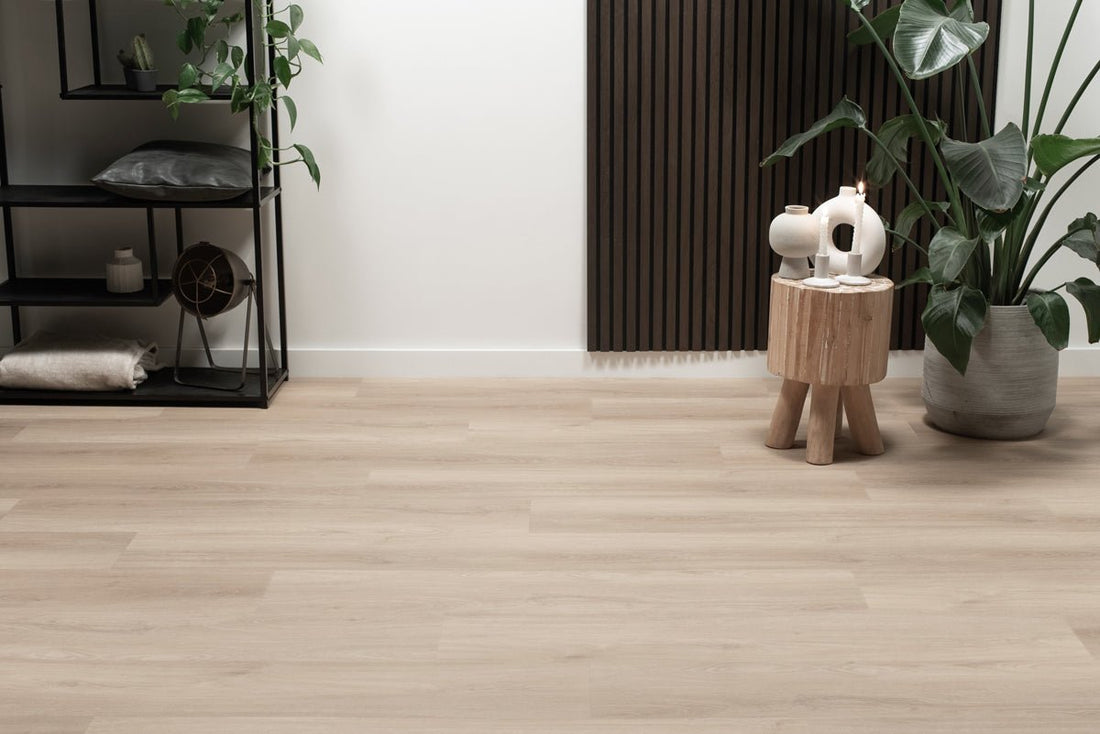Vinyl flooring
Filter
Gelasta Country 4302 Prestige Eiche Greige Dryback 0,30 mm
Gelasta Country 4301 Prestige Eiche Smoked Dryback 0,30 mm
Gelasta Country 4300 Prestige Eiche Natur Dryback 0,30 mm
Gelasta Artline Extra matt 2260 PVC Premium Oak Beige Dryback
Gelasta Artline Extra matt 2249 PVC Supreme Desert Dryback
Gelasta Artline Extra matt 2221 PVC Premium Oak Mystic Dryback
Gelasta Callisto Herringbone Rigid Click 5202 Natureiche
Gelasta Callisto Herringbone Rigid Click 5201 Natureiche hell
Gelasta Callisto Herringbone Rigid Click 5200 Natureiche dunkel
Gelasta Callisto Herringbone Dryback 4202 Natureiche
Gelasta Callisto Herringbone Dryback 4201 Natureiche hell
Gelasta Callisto Herringbone Dryback 4200 Natureiche dunkel
Gelasta Callisto Dryback 4105 Natürliches Eichenbraun
Gelasta Callisto Dryback 4103 Natureiche geräuchert
Gelasta Callisto Dryback 4102 Natureiche
Gelasta Callisto Dryback 4101 Natureiche hell
Gelasta Callisto Dryback 4100 Natureiche dunkel
Gelasta Callisto Rigid 5105 Natureiche Braun
Gelasta Callisto Rigid 5104 Natureiche Grau
Gelasta Callisto Rigid 5103 Natureiche geräuchert
Gelasta Callisto Rigid 5102 Natureiche
Gelasta Callisto Rigid 5101 Natureiche hell
Gelasta Callisto Rigid 5100 Natureiche dunkel
Sense E40 Gerade PVC-Streifen – 60 m2
- Featured
- Best selling
- Alphabetically, A-Z
- Alphabetically, Z-A
- Price, low to high
- Price, high to low
- Date, old to new
- Date, new to old
Are they PVC floors or vinyl floors?
A vinyl floor, also known as PVC floor, is a modern and versatile floor covering that is popular in both the Netherlands and Belgium. These floors are made of multiple layers of synthetic material, of which vinyl is an essential part. The similarity between vinyl flooring and PVC flooring is that they both use polyvinyl chloride (PVC), a durable and resilient material that ensures their durability and resistance to wear. The difference in terminology between the Netherlands and Belgium - often referring to "PVC floors" in the Netherlands and "vinyl floors" in Belgium - does not detract from the quality and functionality of these floors. They are available in a variety of designs and textures, making them perfect for both residential and commercial spaces, offering a low-maintenance and attractive flooring solution that will last.
Häufig gestellte Fragen zu Vinyl flooring
Was sind Vinylböden?
Vinylböden sind synthetische Böden aus mehreren Schichten Kunststoff (PVC). Sie sind für ihre Langlebigkeit, Wasserbeständigkeit und Designvielfalt bekannt. Vinylböden sind in zahlreichen Mustern und Farben erhältlich, darunter in Holz-, Stein- und Betonoptik.
Was sind die Vorteile von Vinylböden?
Vinylböden bieten viele Vorteile. Sie sind strapazierfähig, angenehm zu begehen und wasserabweisend, weshalb sie sich auch für Feuchträume wie Küchen und Bäder eignen. Darüber hinaus sind sie schalldämmend, pflegeleicht und oft günstiger als Naturmaterialien wie Holz oder Stein.
Sind Vinylböden für Fußbodenheizung geeignet?
Ja, Vinylböden sind optimal für Fußbodenheizungen geeignet. Sie leiten die Wärme gut und bleiben komfortabel. Wichtig ist, dass der jeweilige Vinylboden auf eine Fußbodenheizung geprüft wird und auf einem ebenen Untergrund verlegt wird.
Wie werden Vinylböden verlegt?
Die Verlegung von Vinylböden kann je nach Boden und Untergrund durch Verkleben oder lose Verlegung erfolgen. Bei der Verlegung per Klebung ist es wichtig, dass der Untergrund absolut eben und sauber ist. Lose verlegte Vinylböden sind häufig mit einer Anti-Rutsch-Unterlage versehen.










